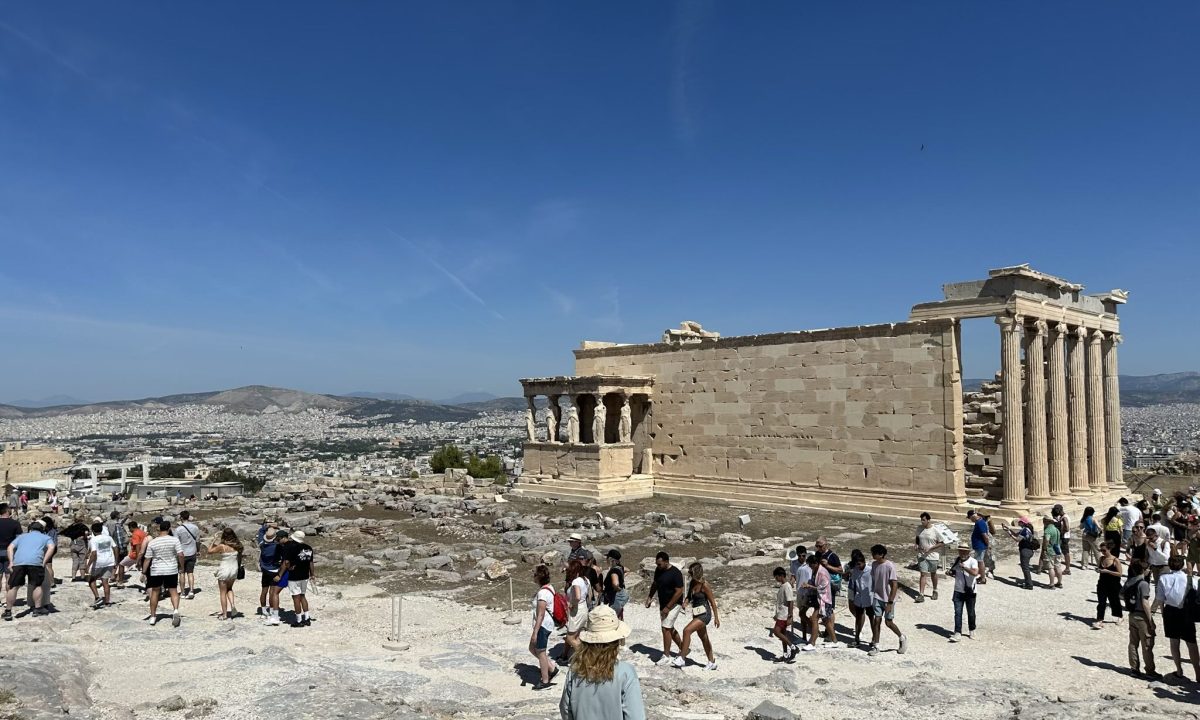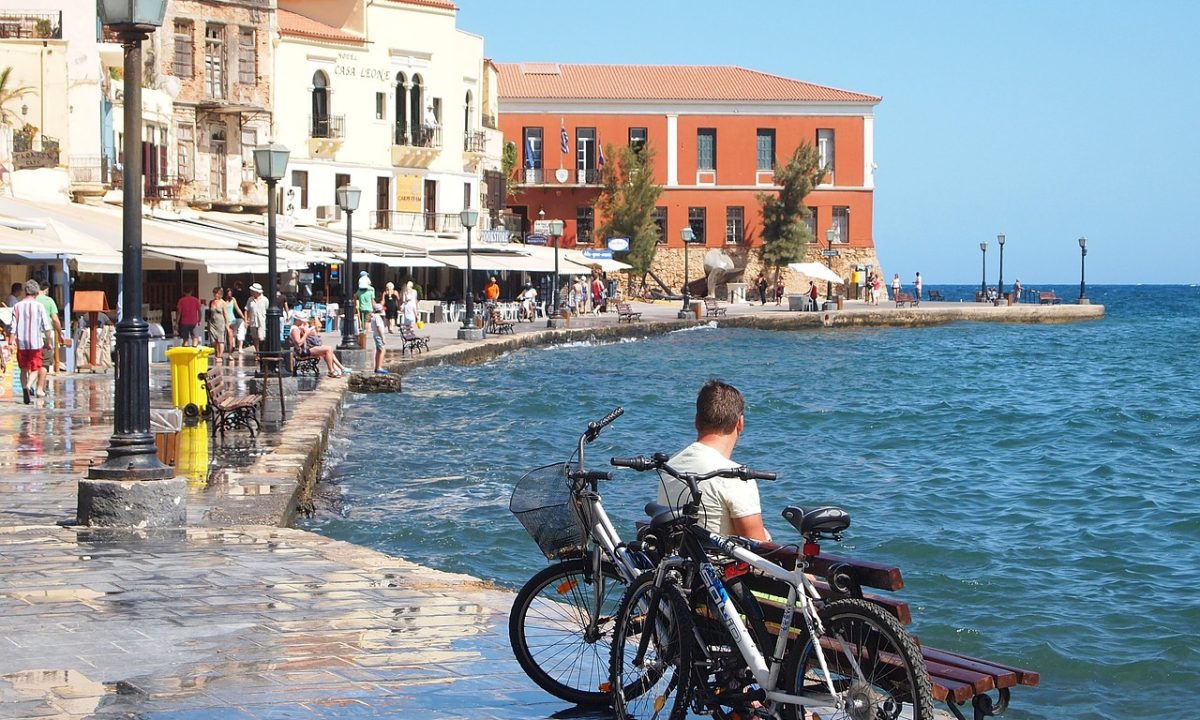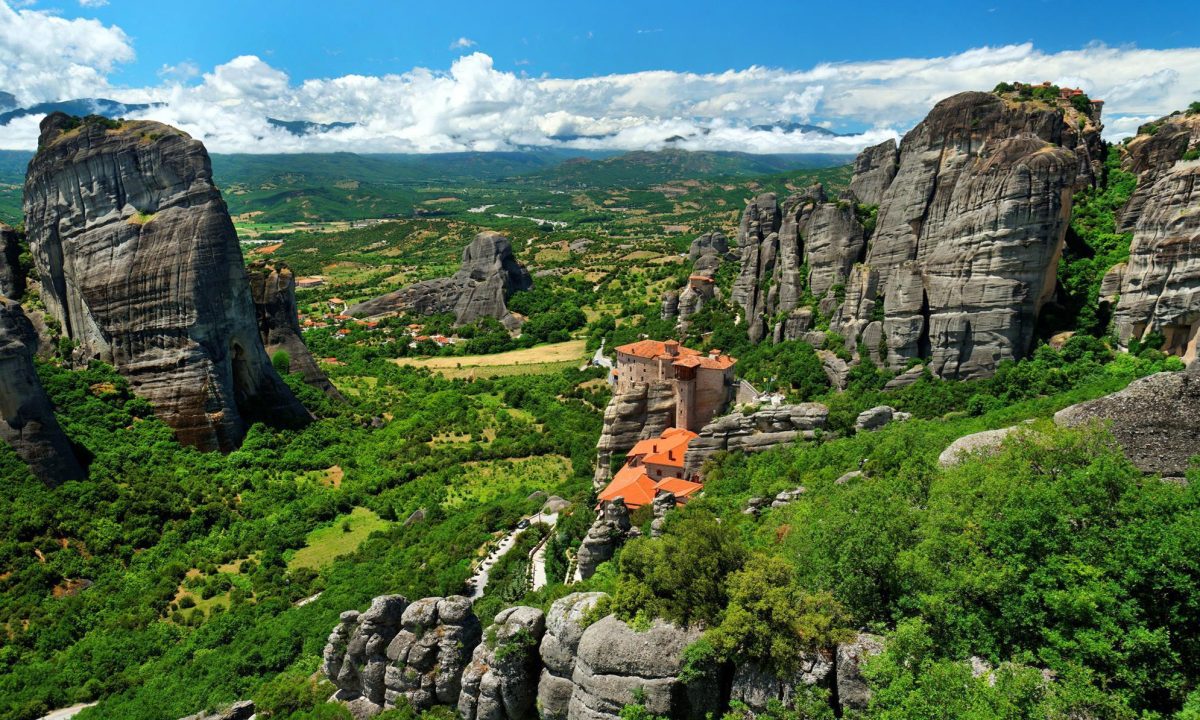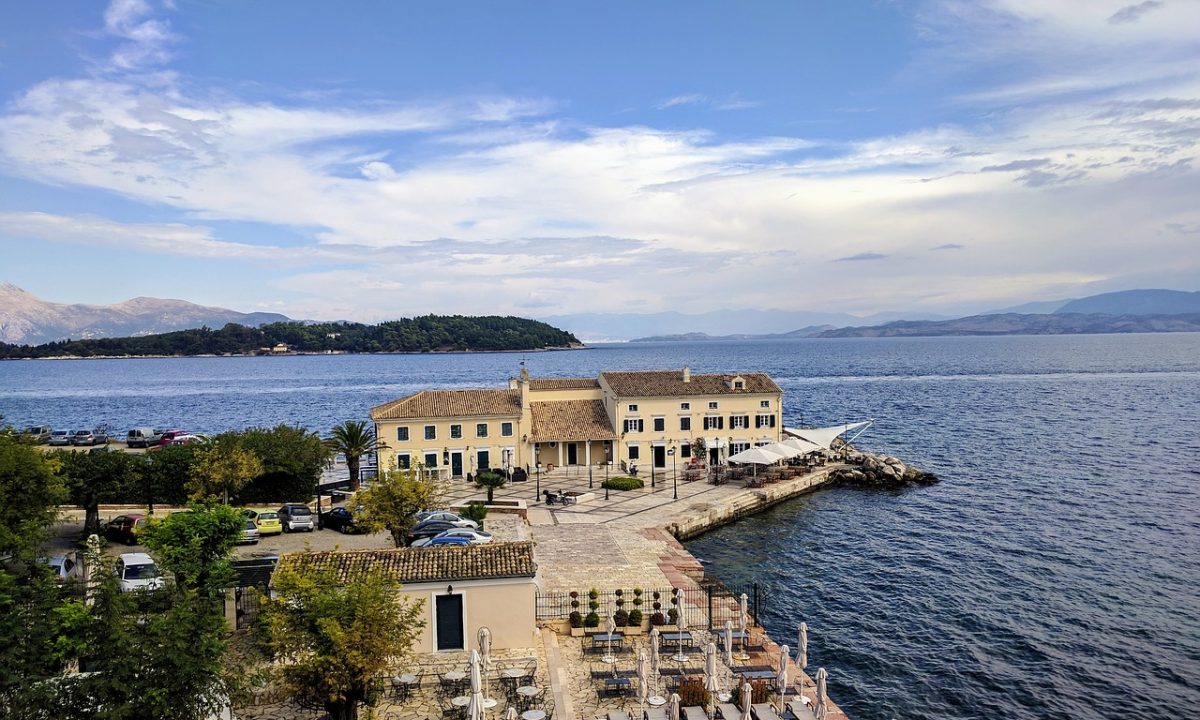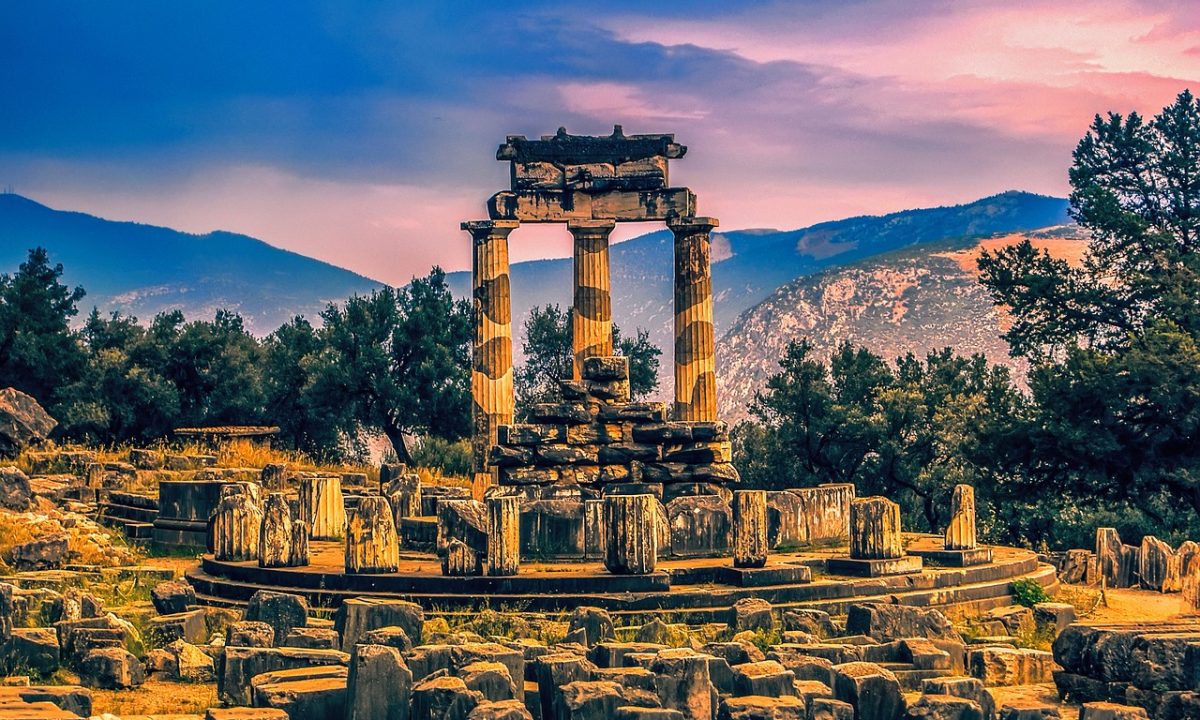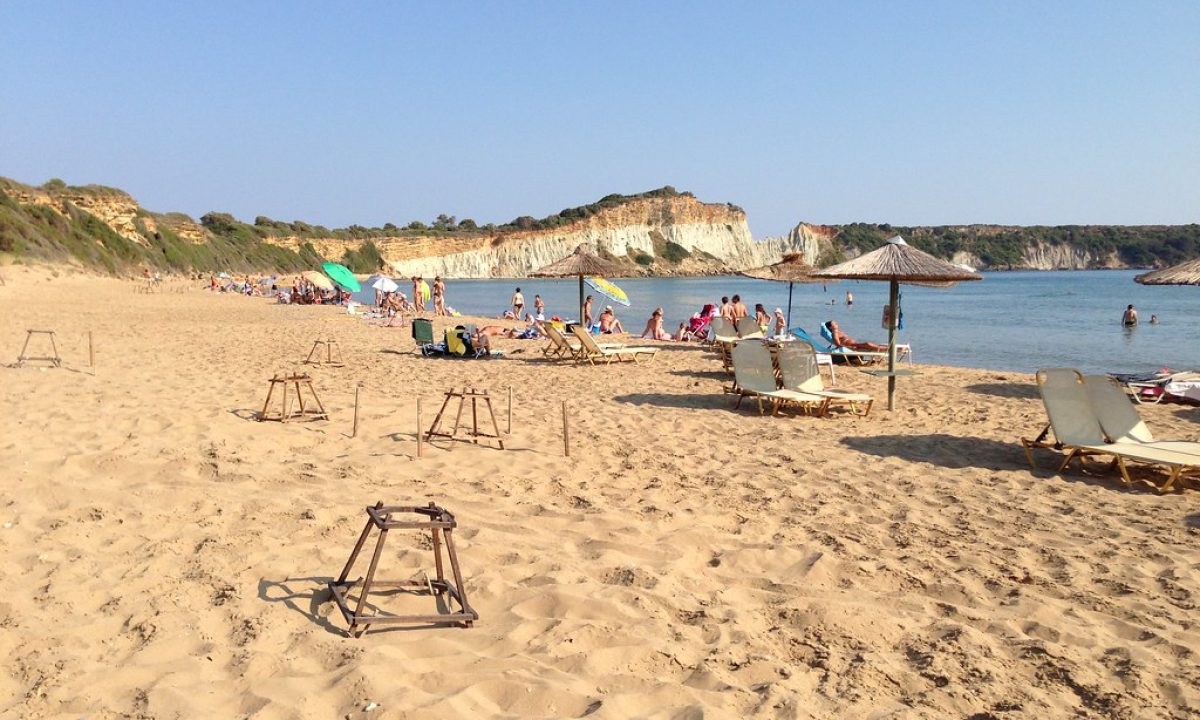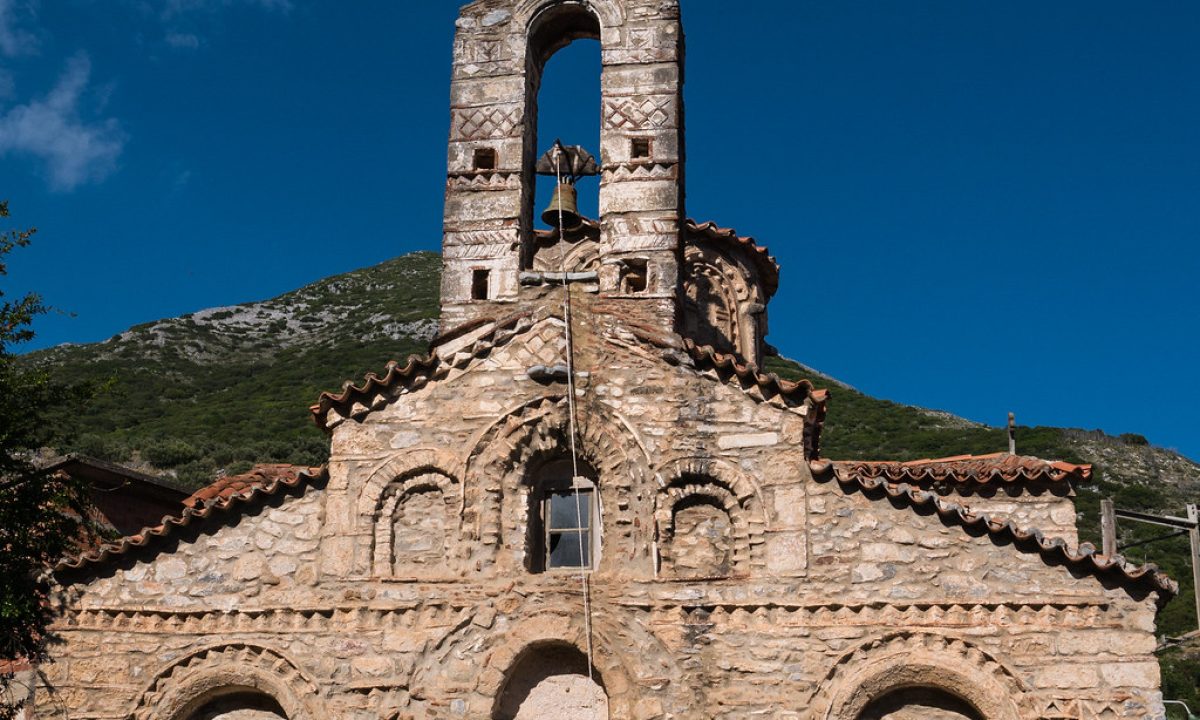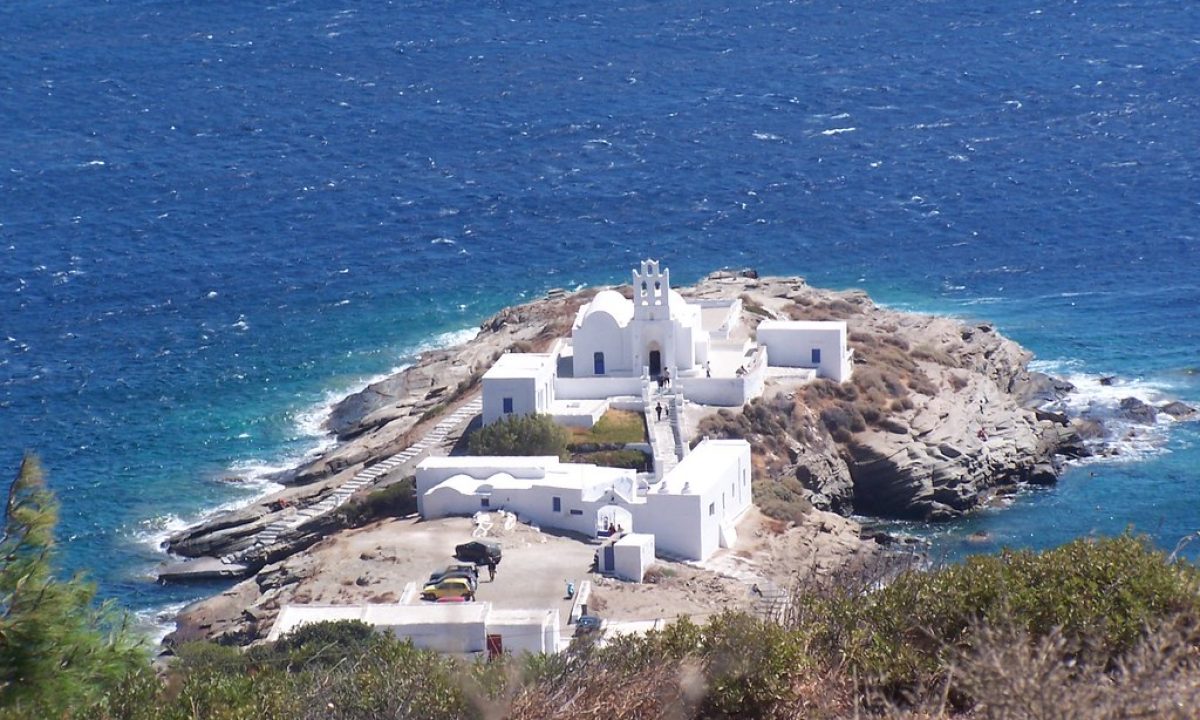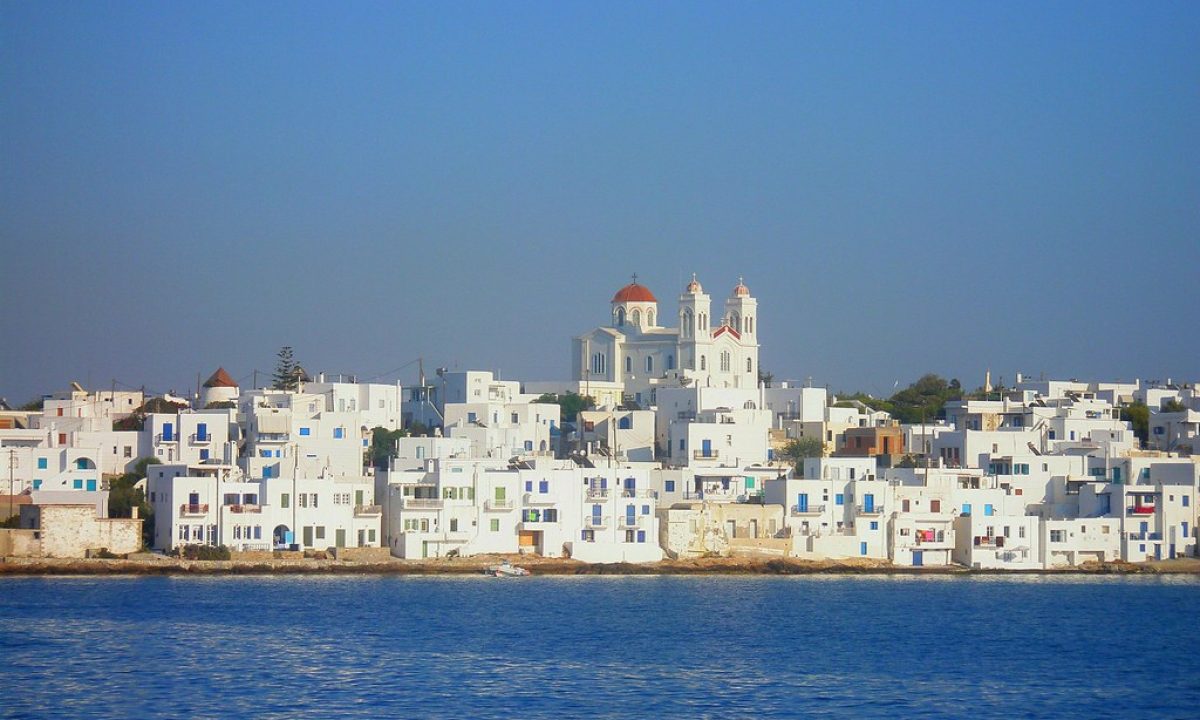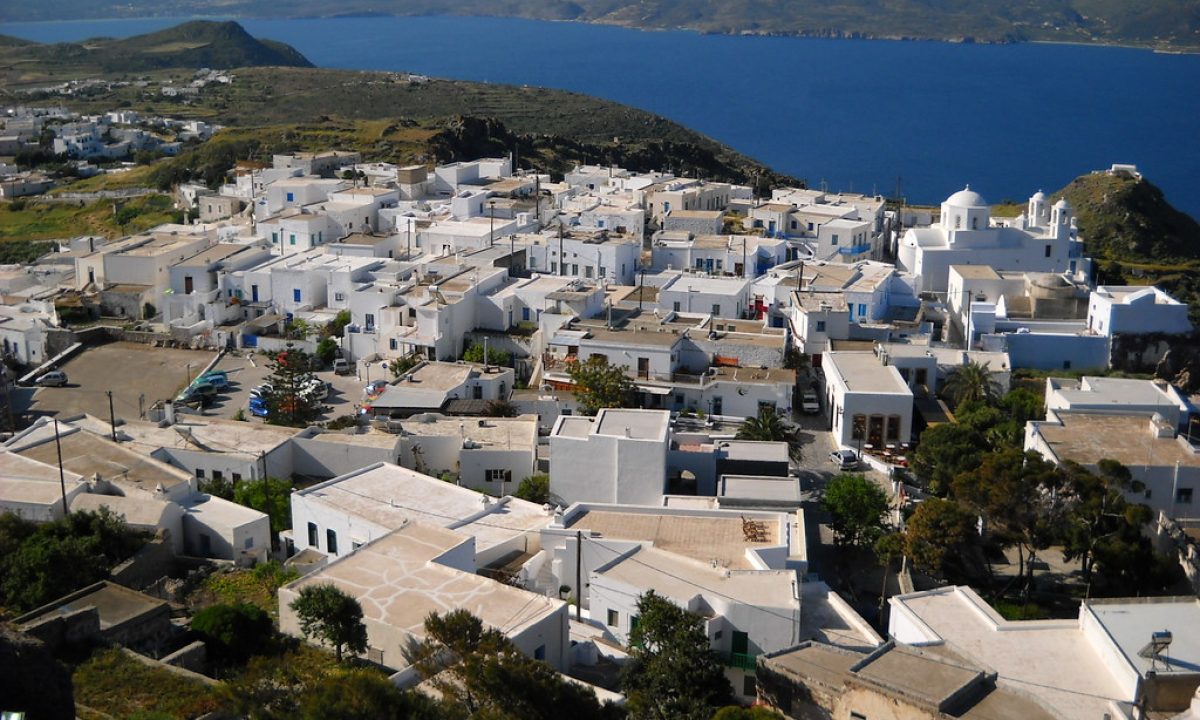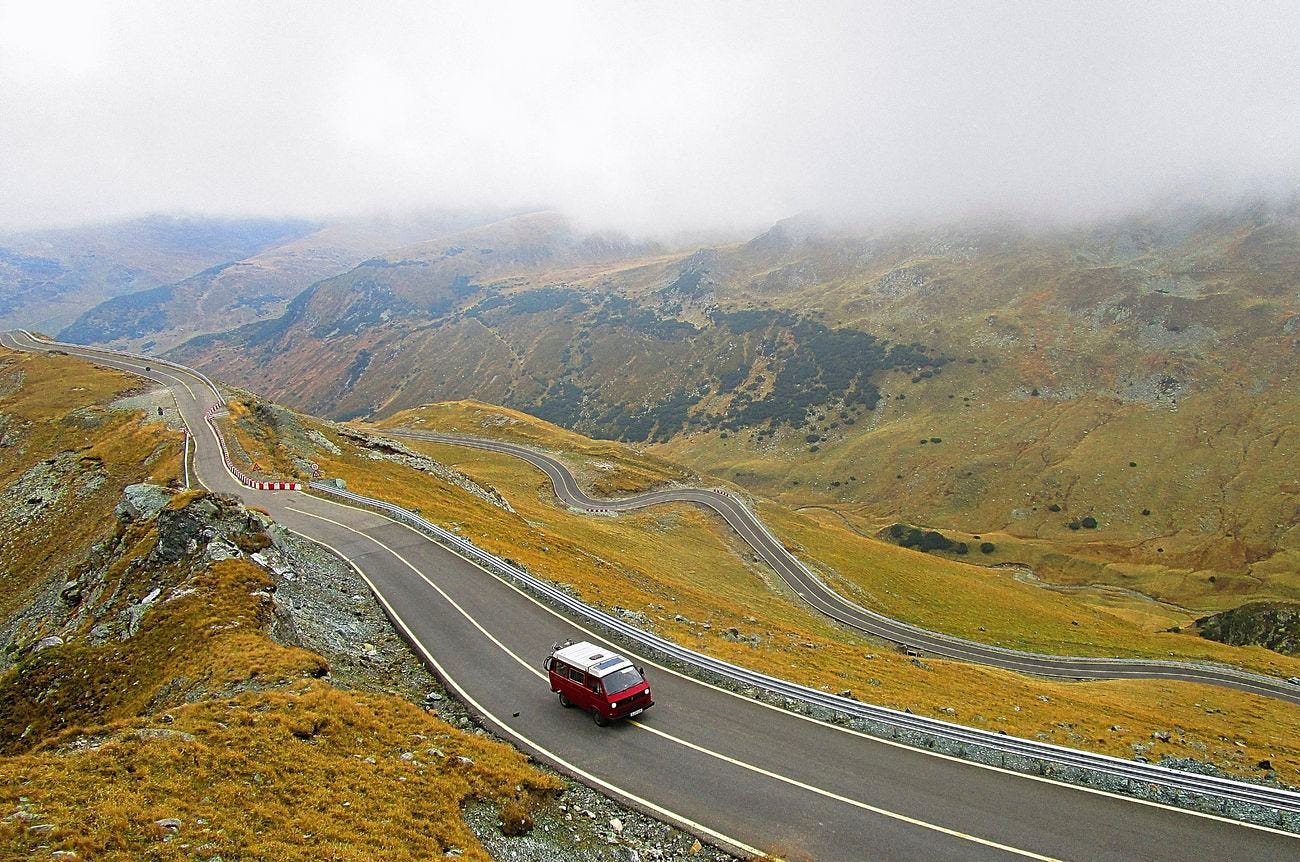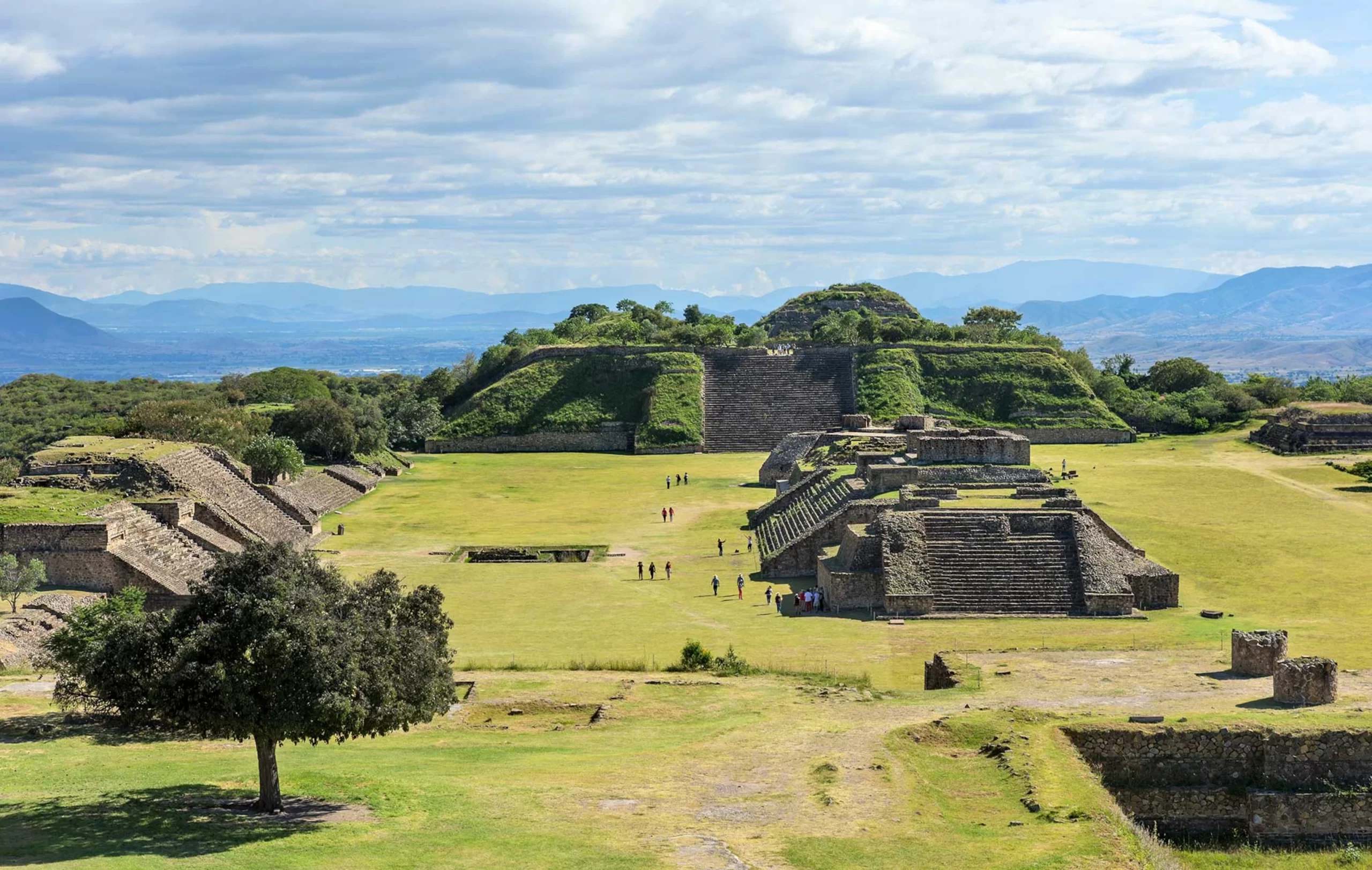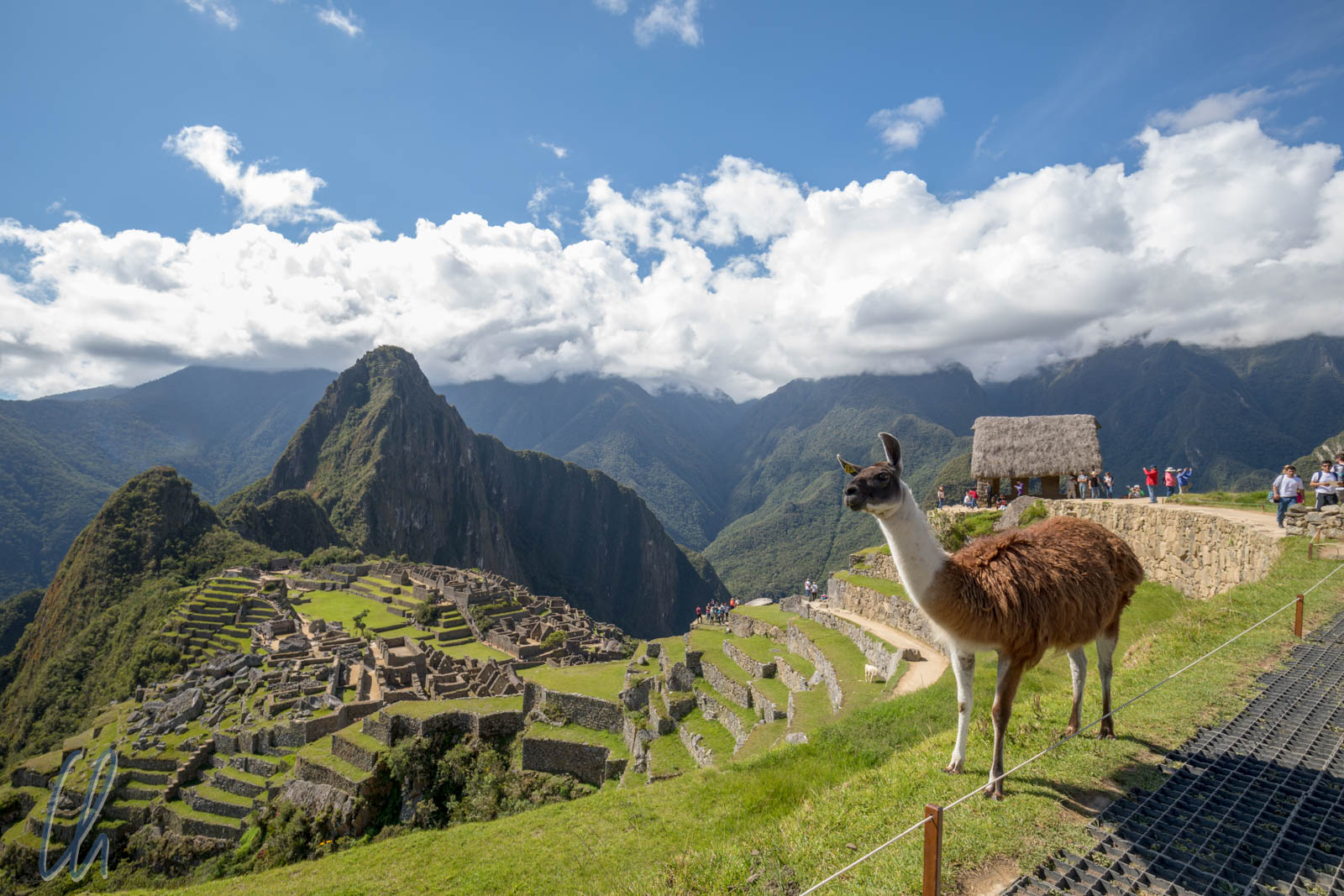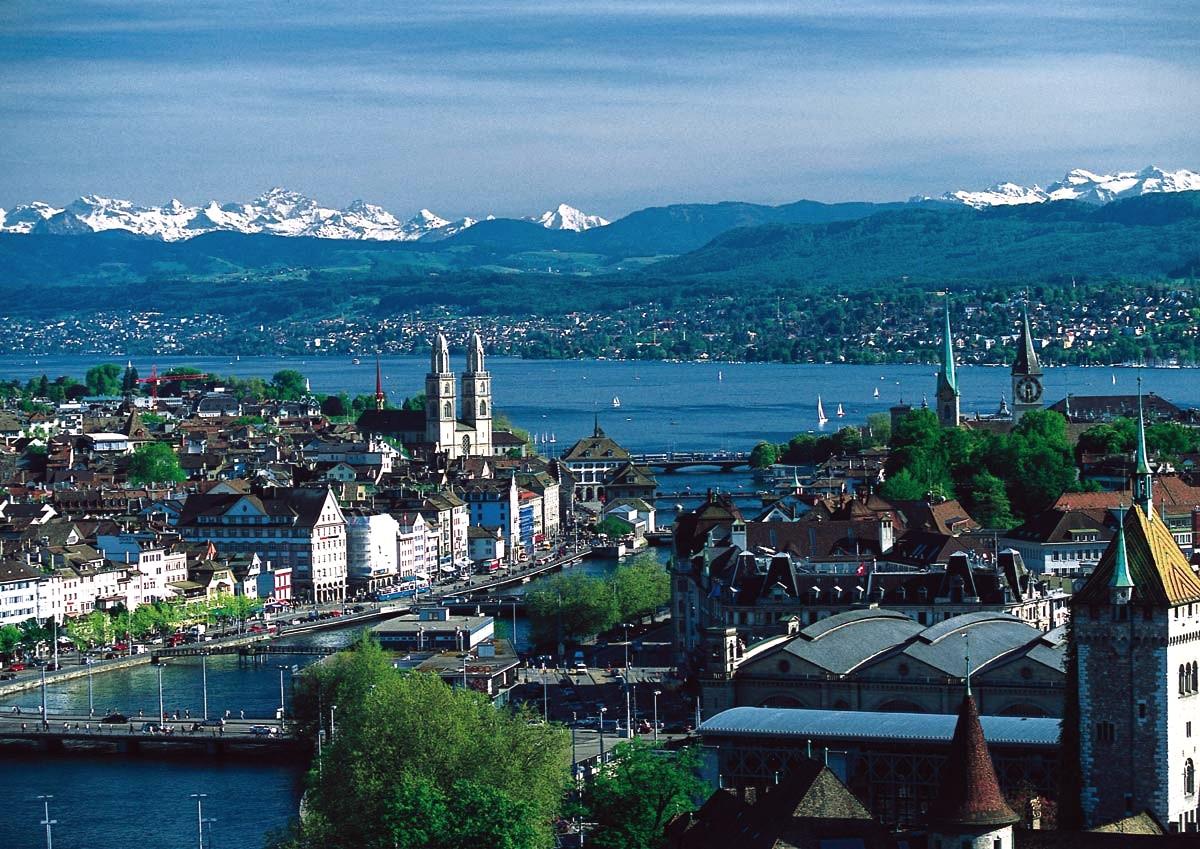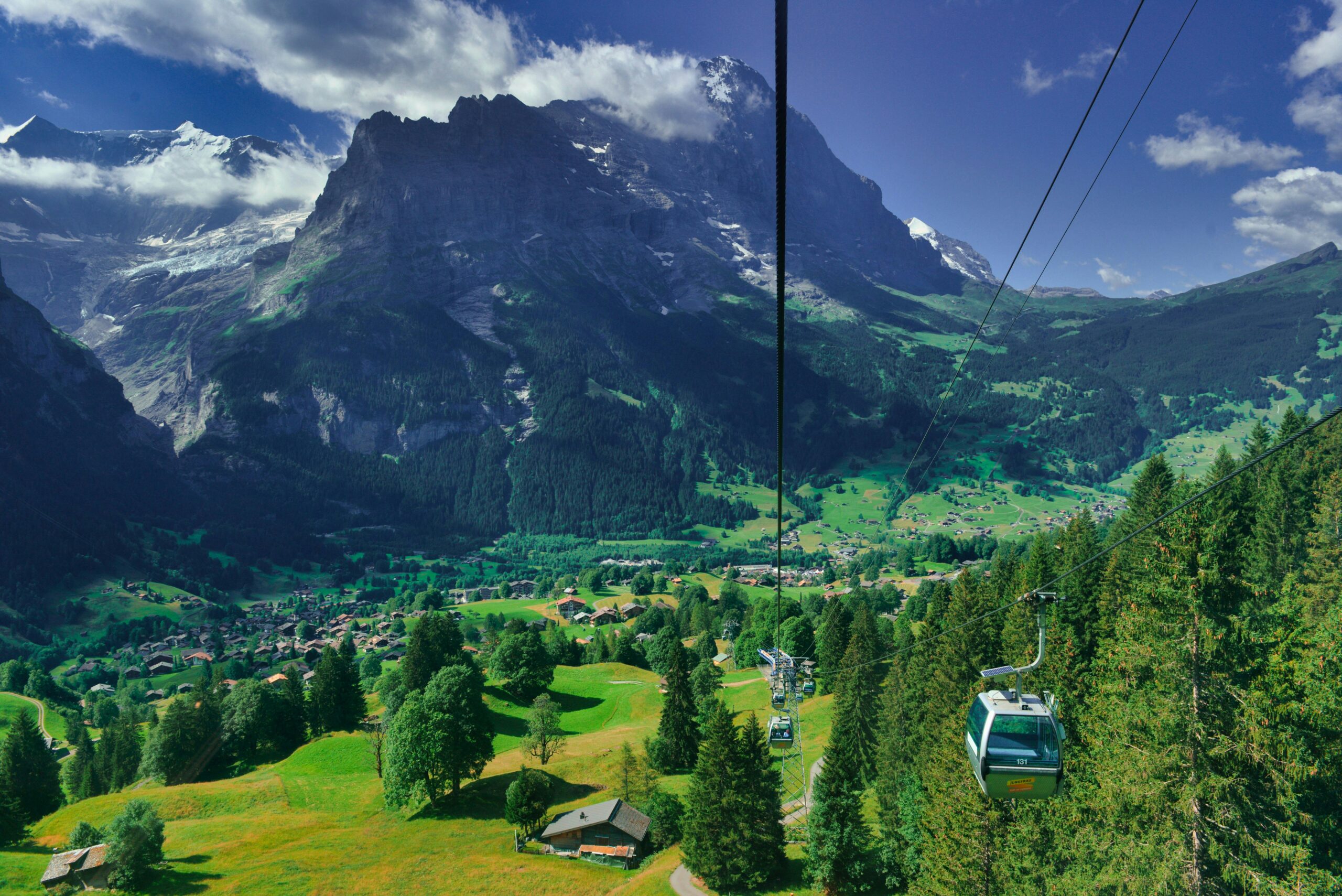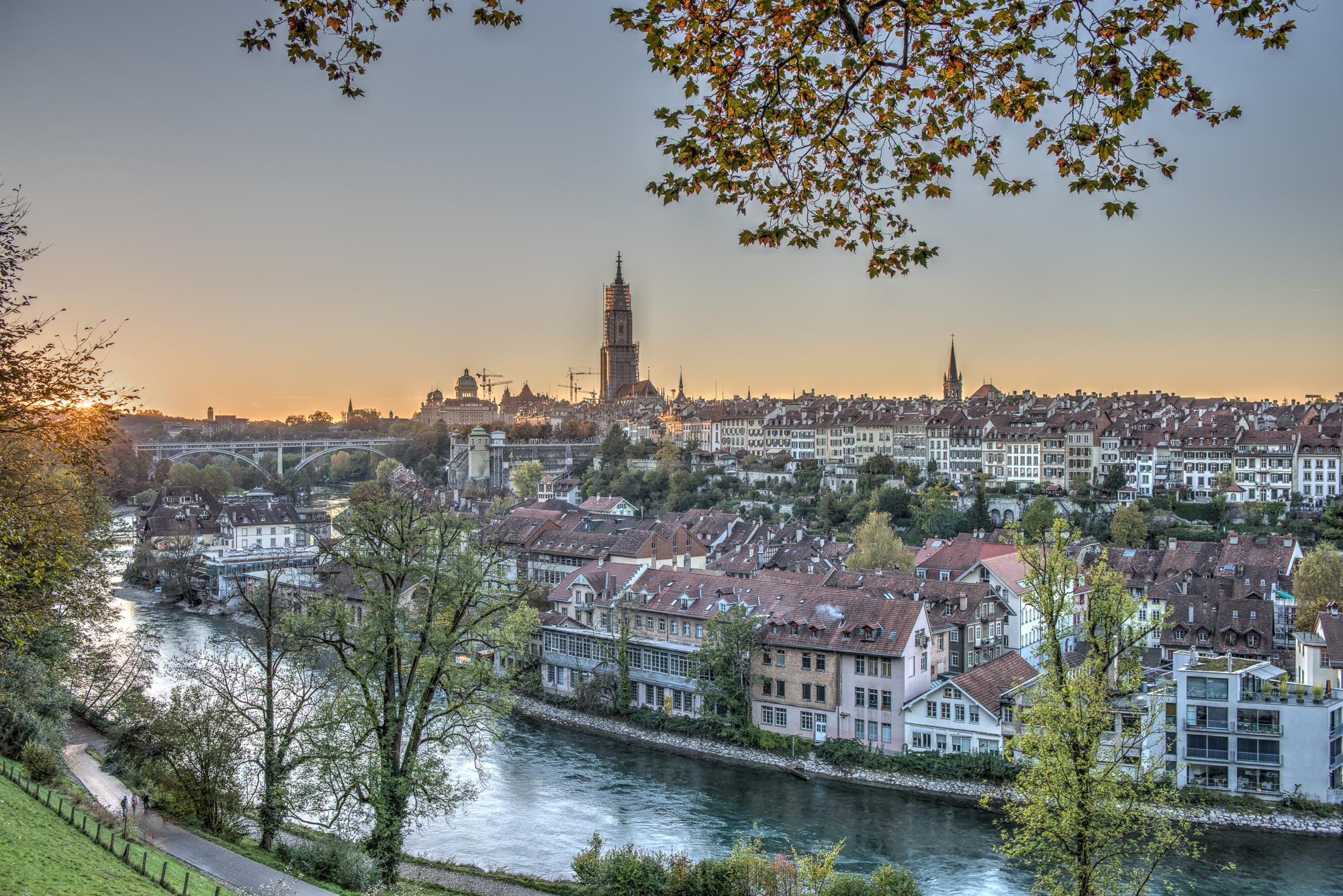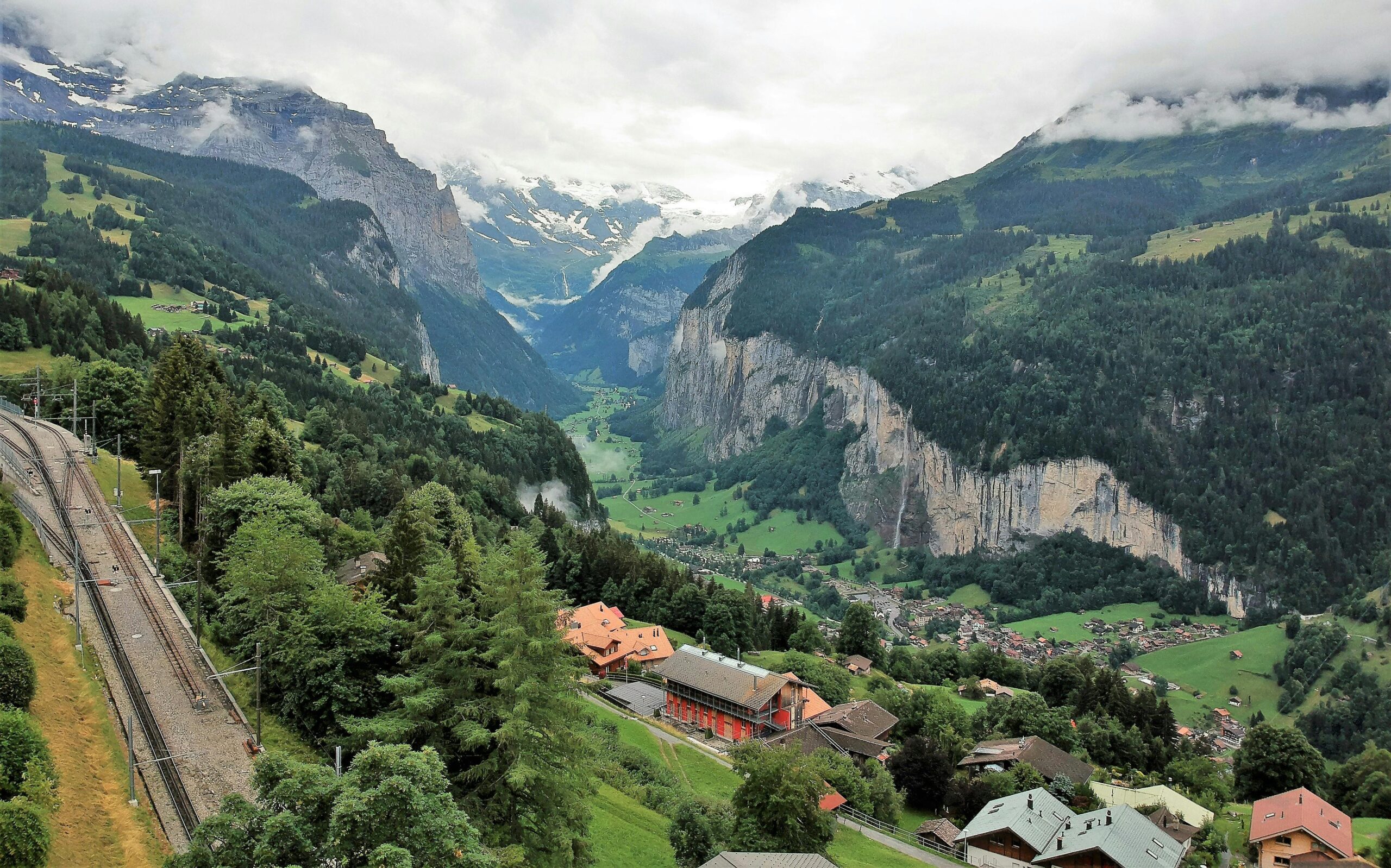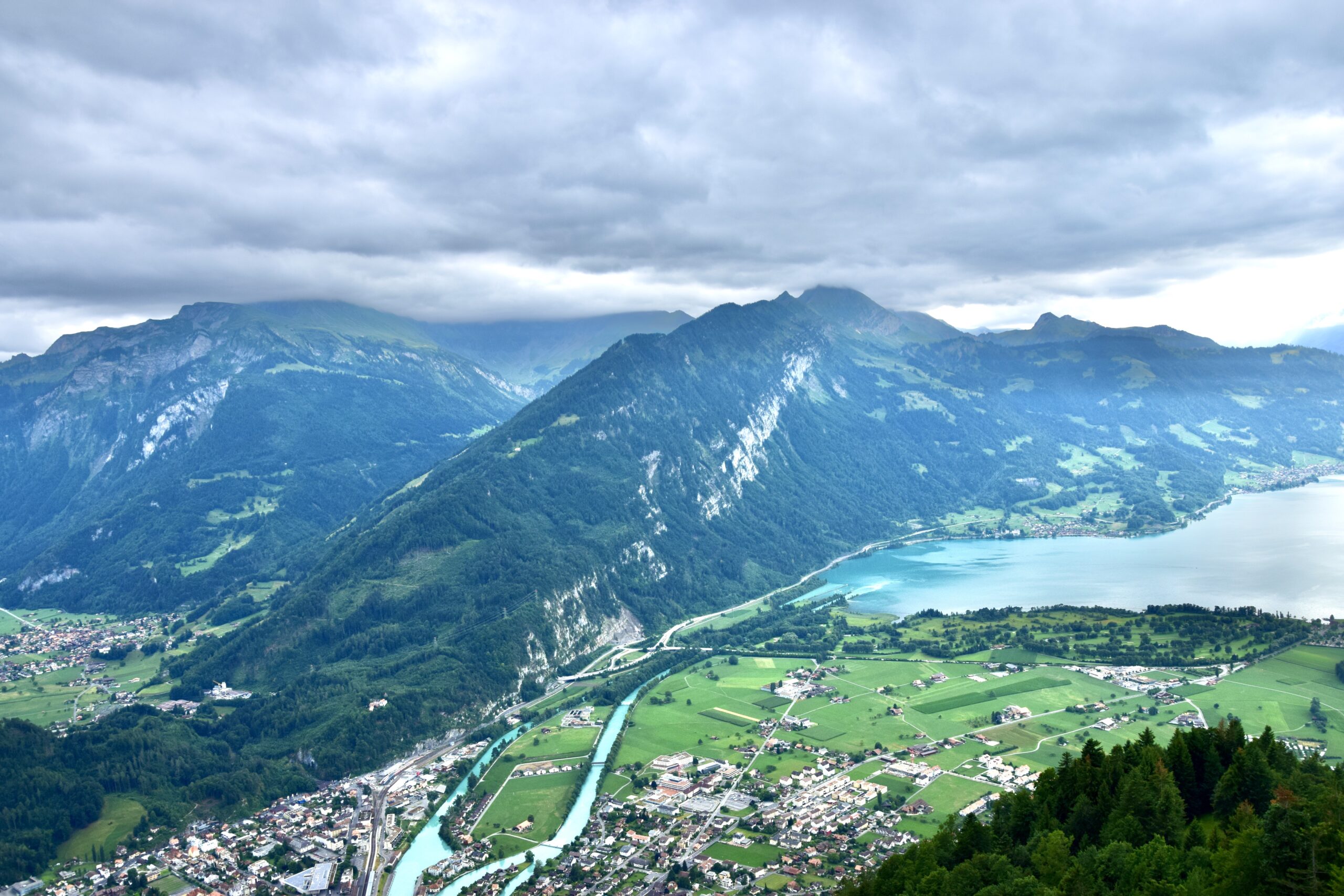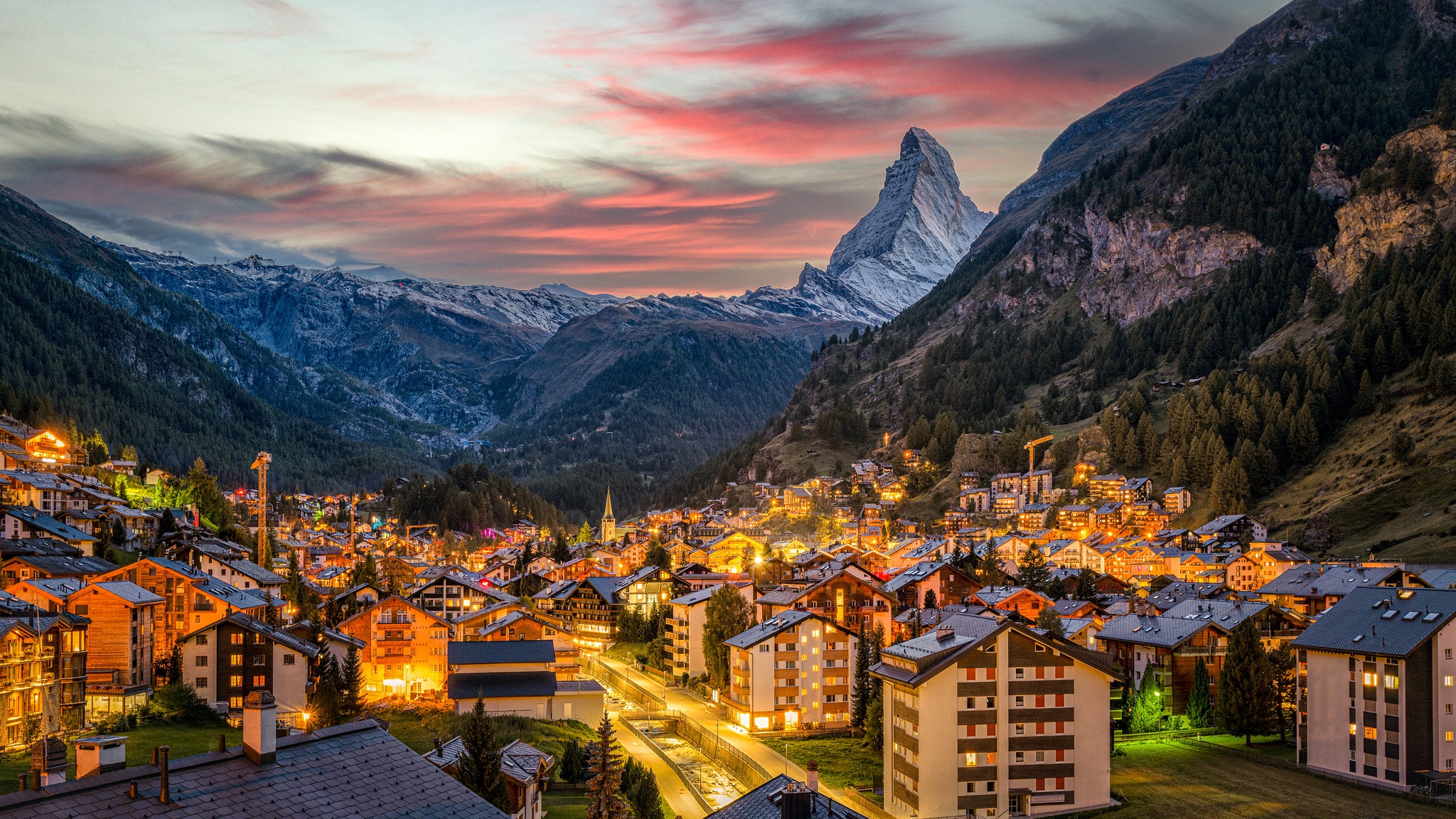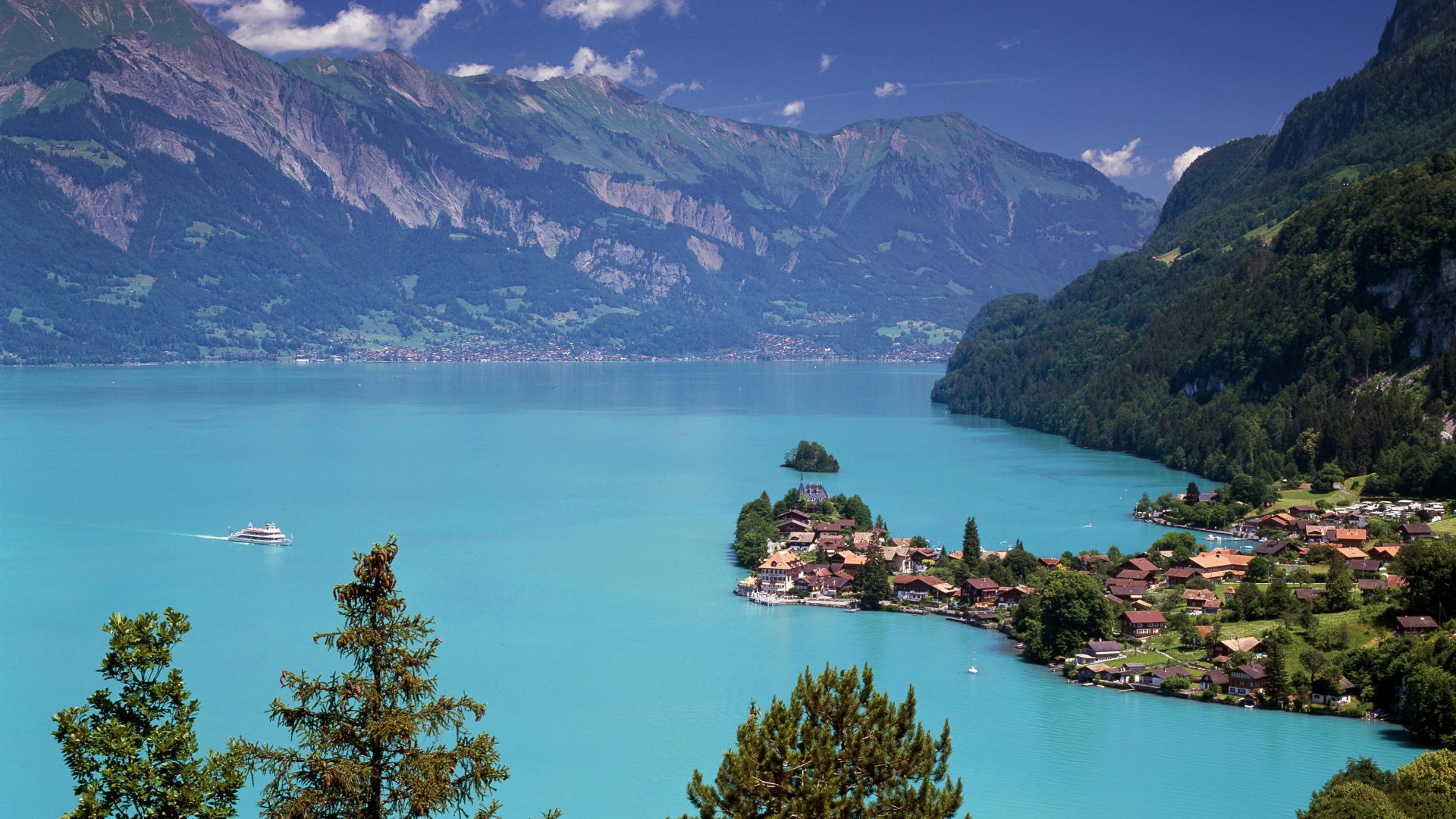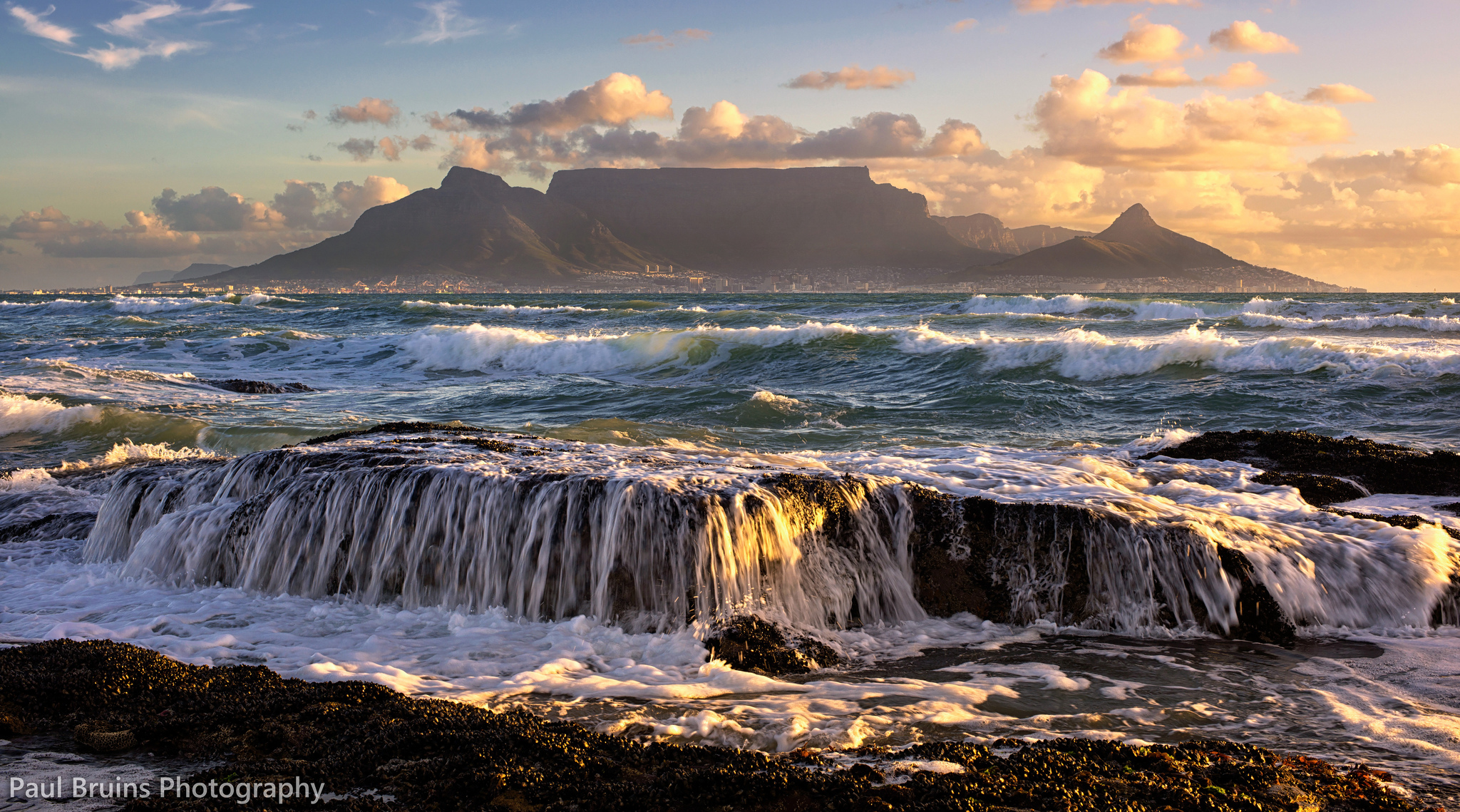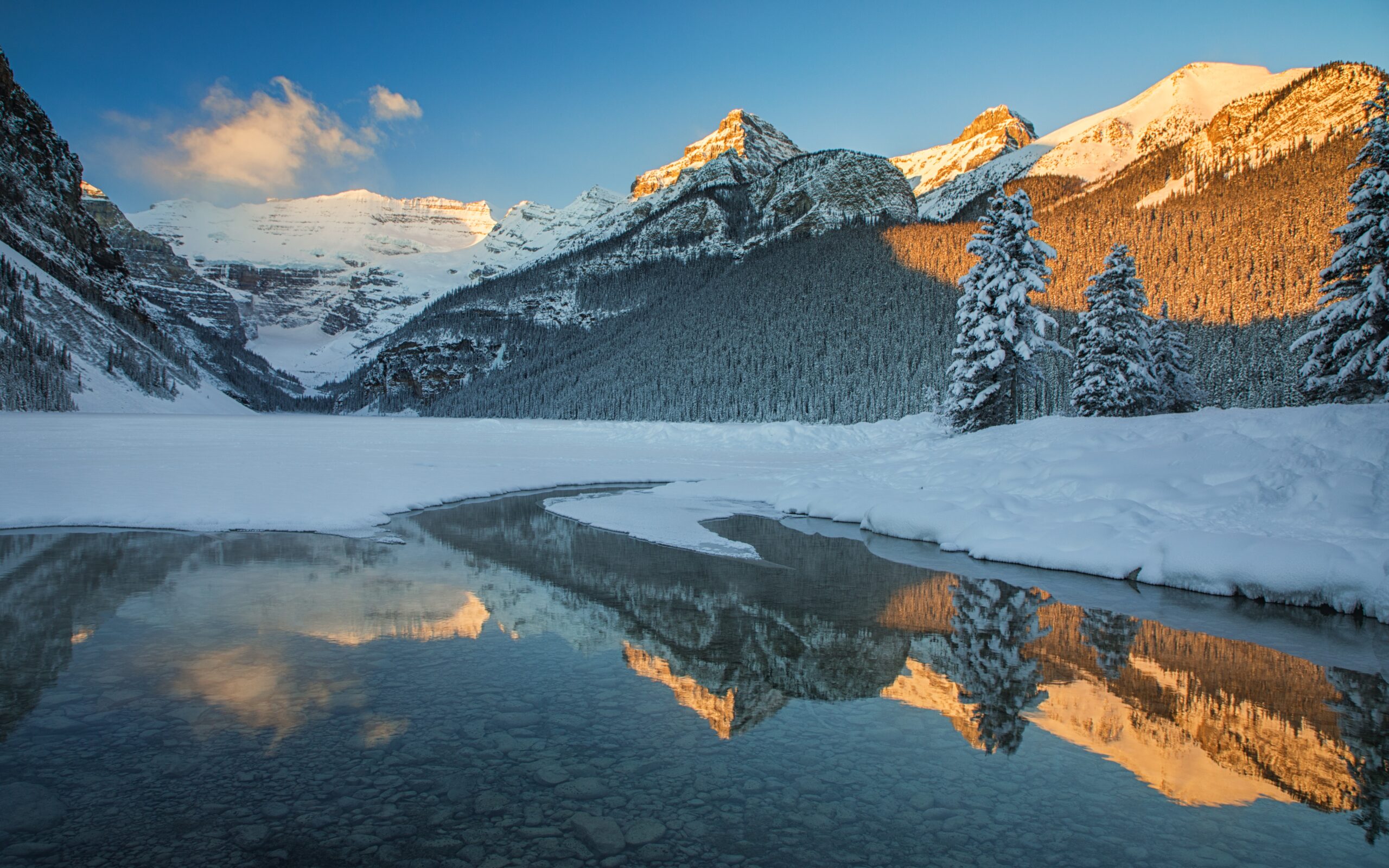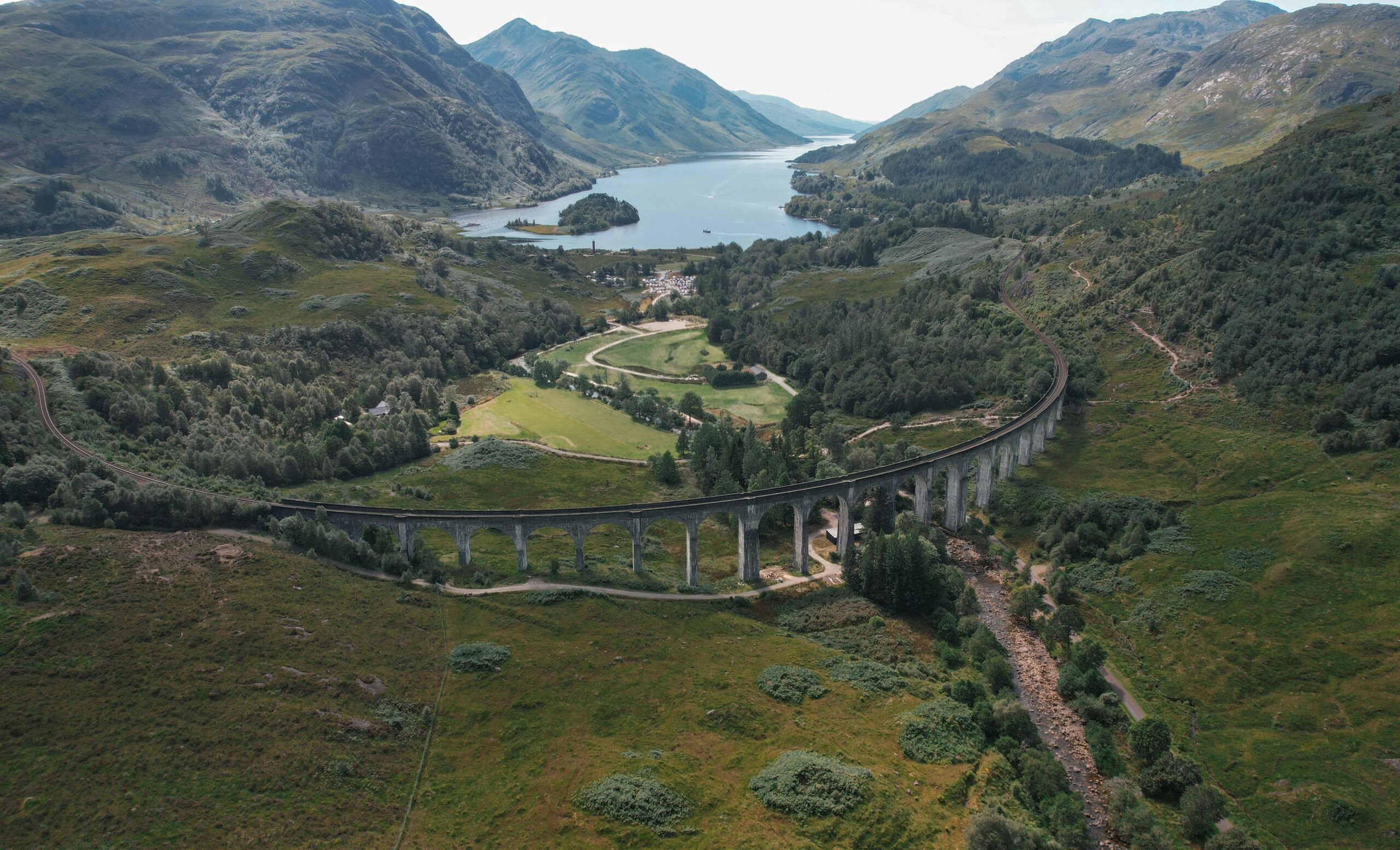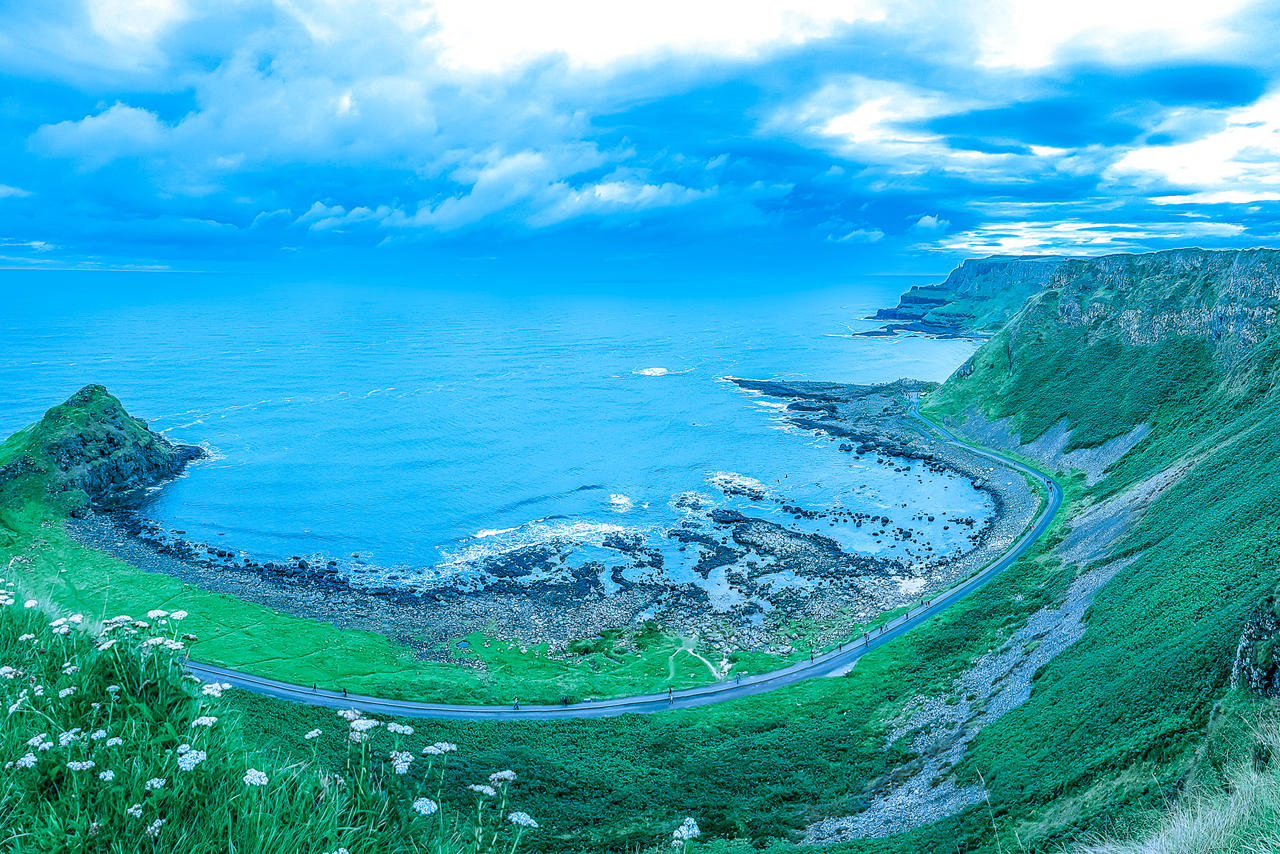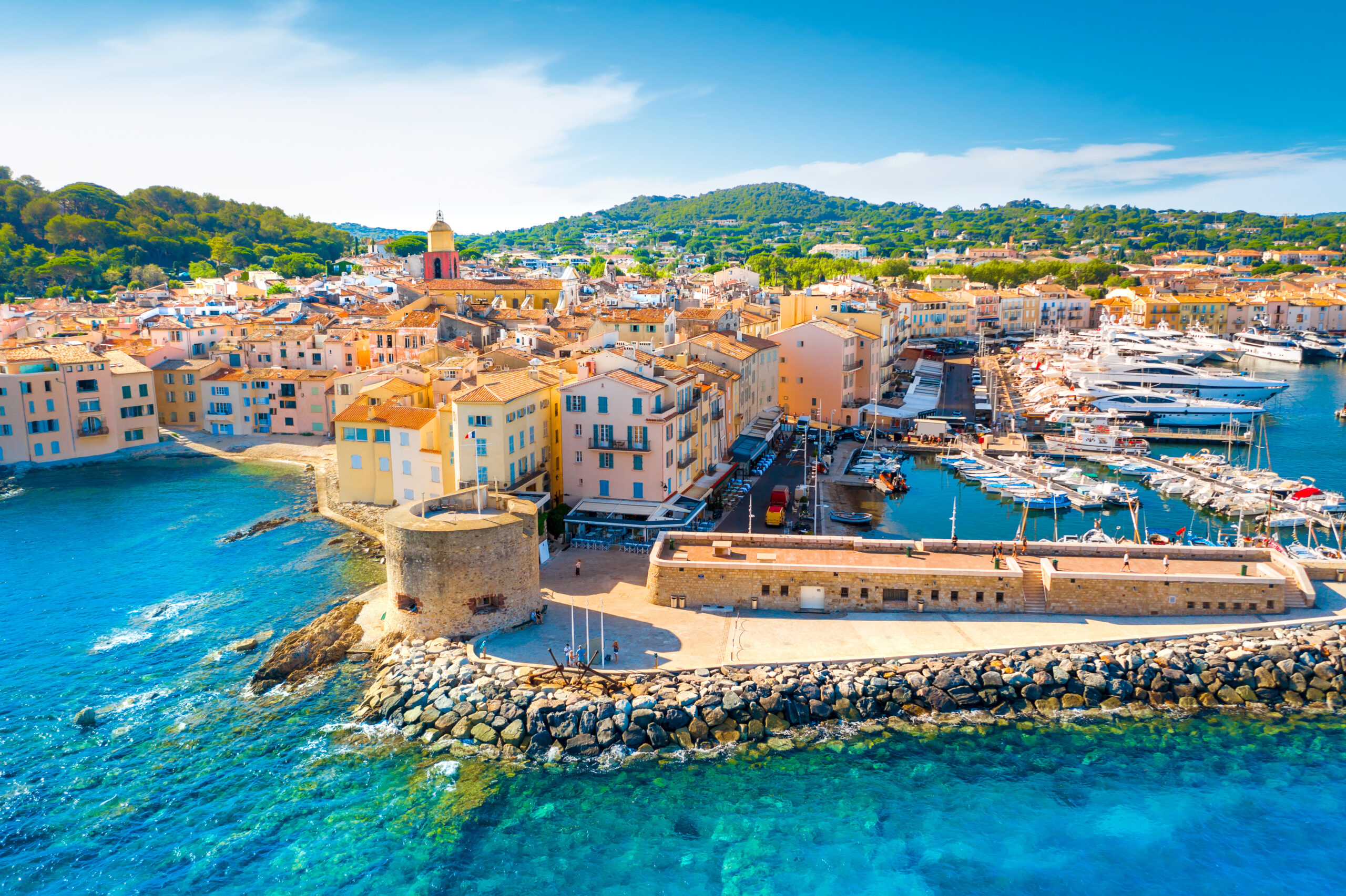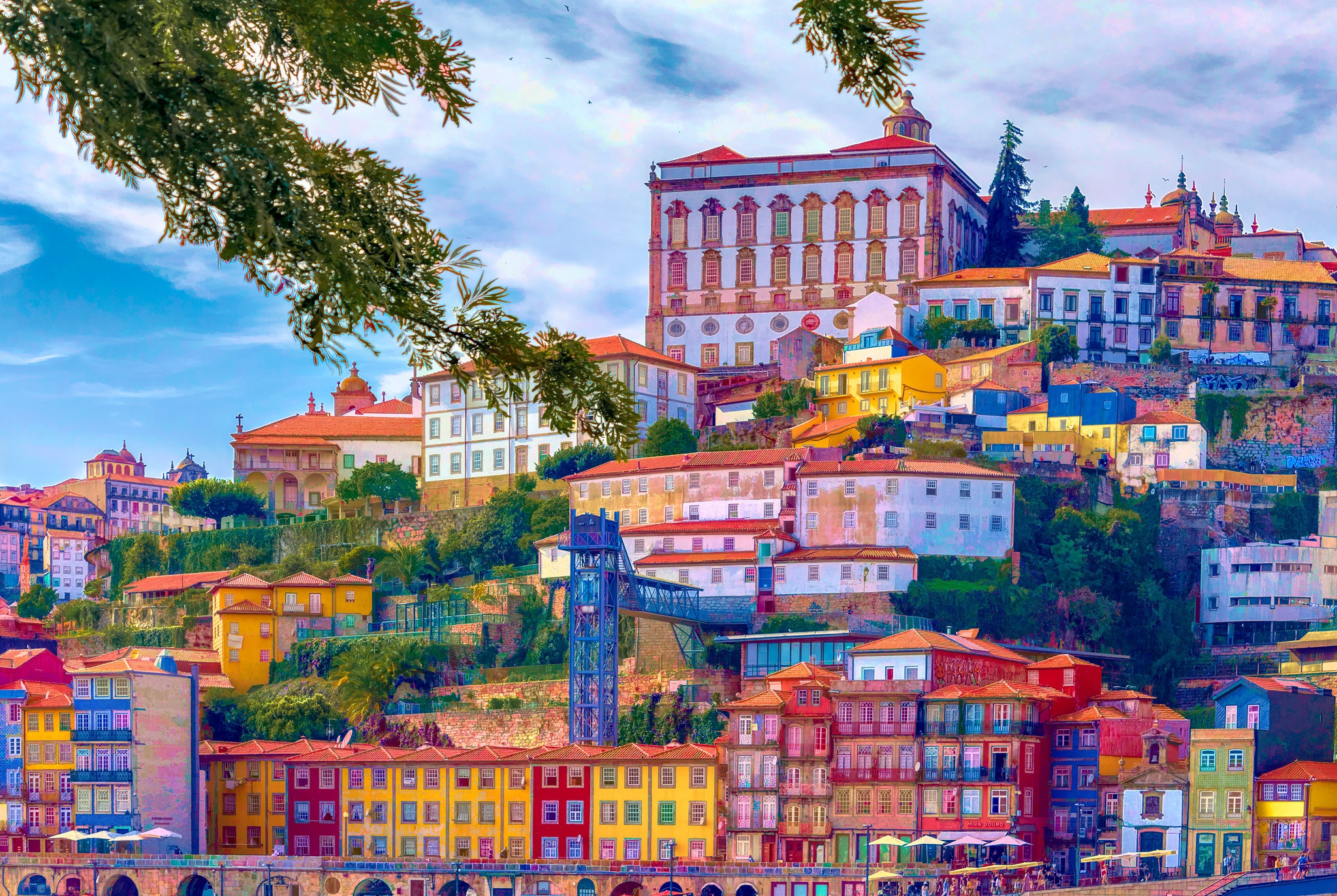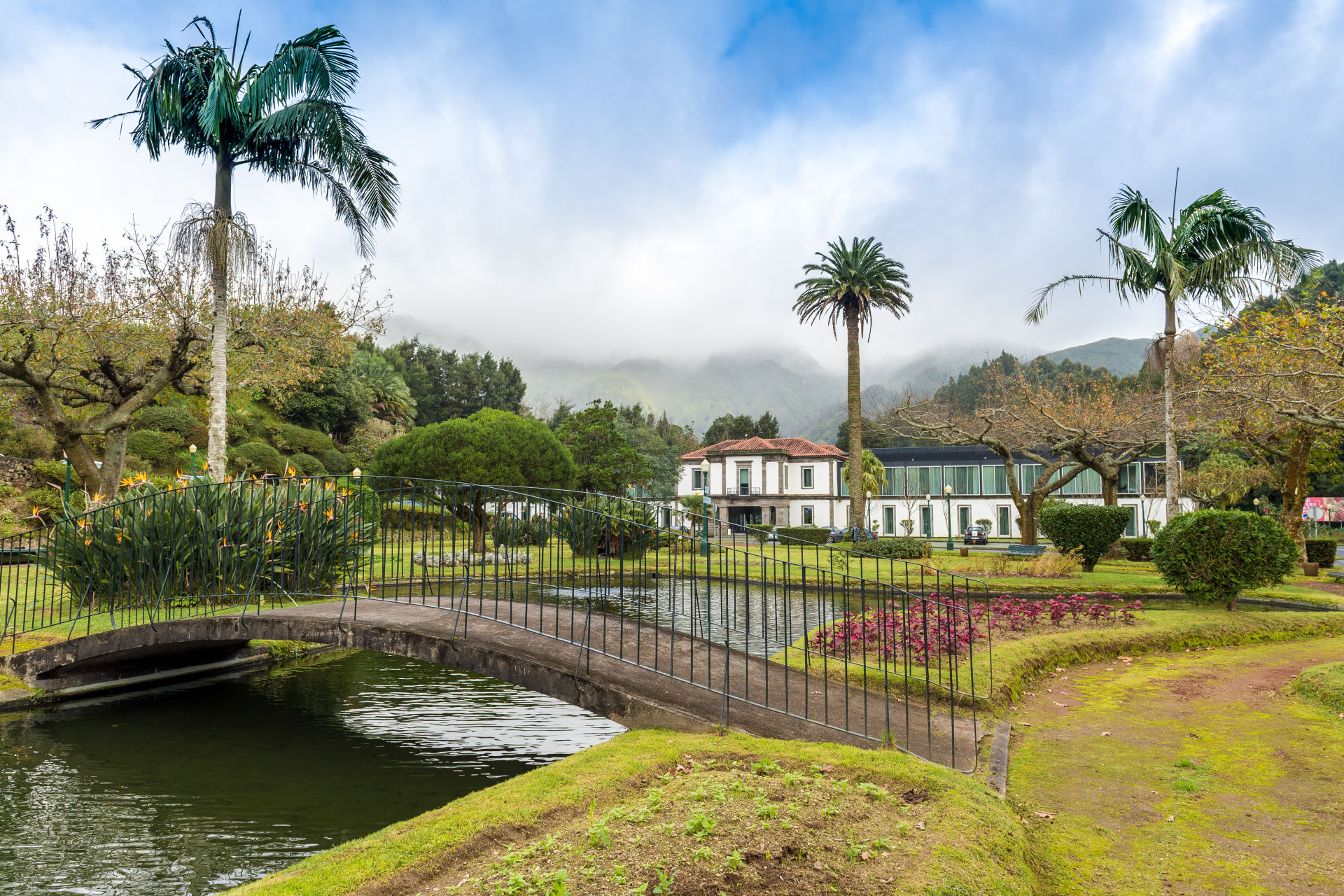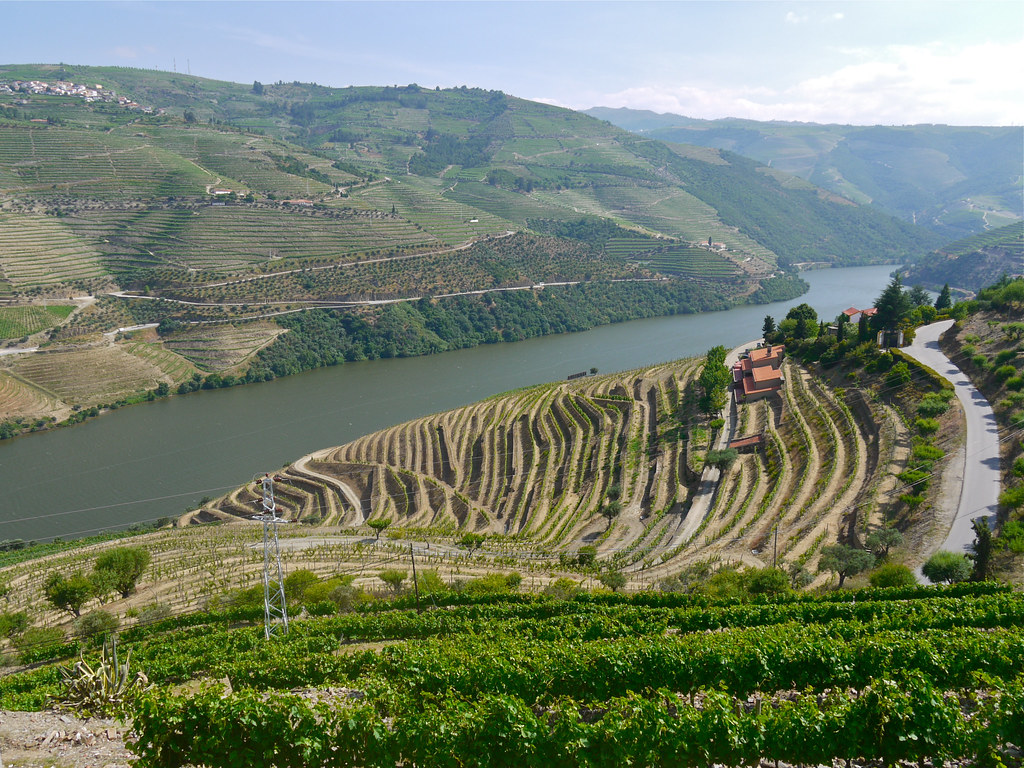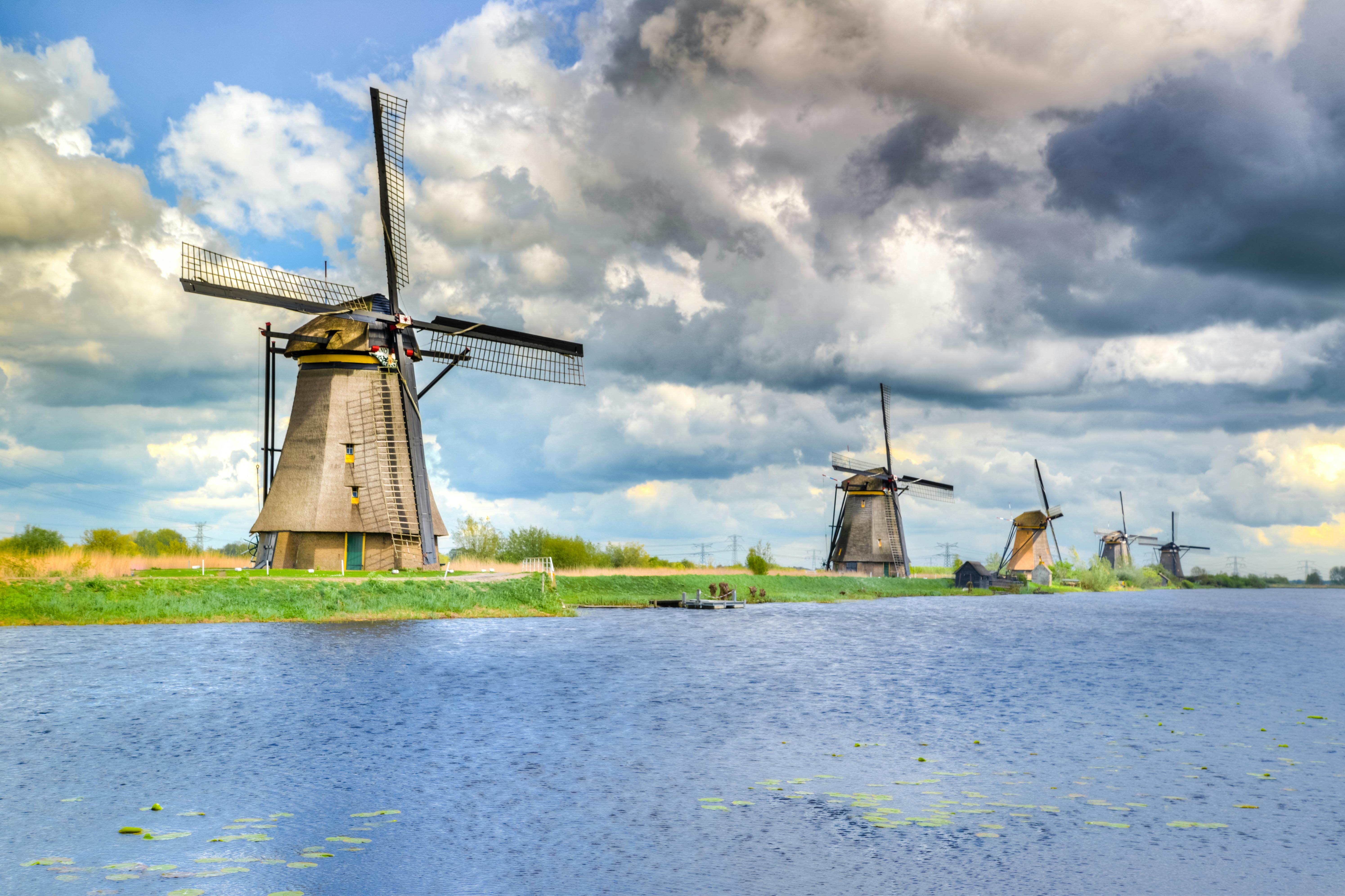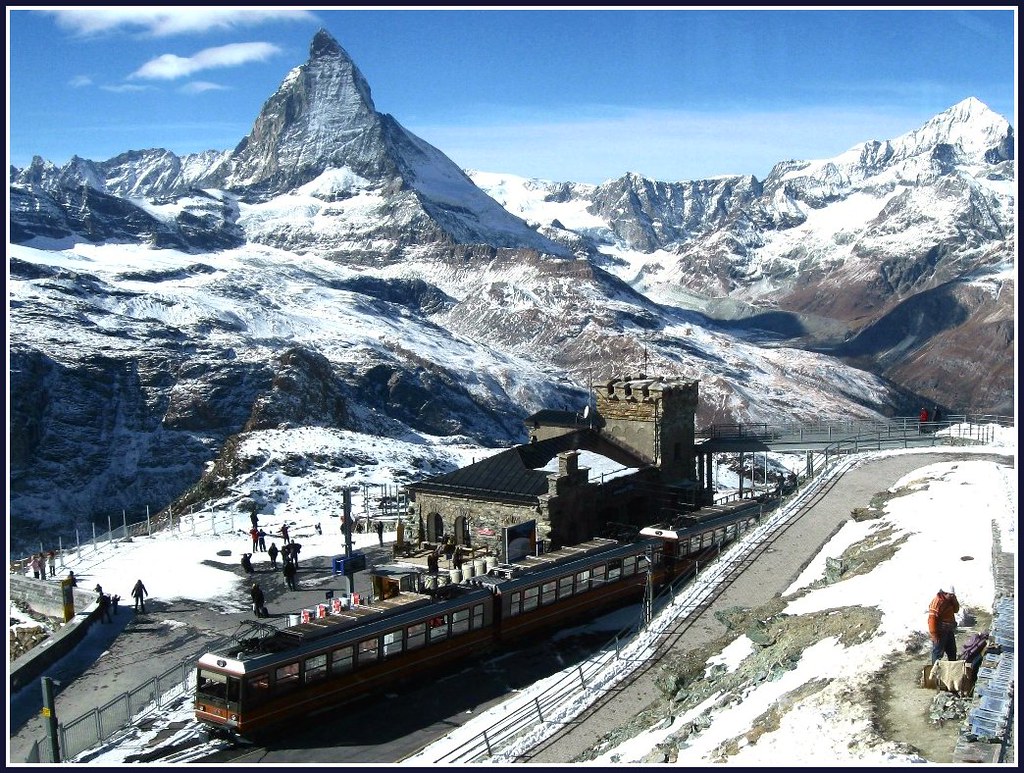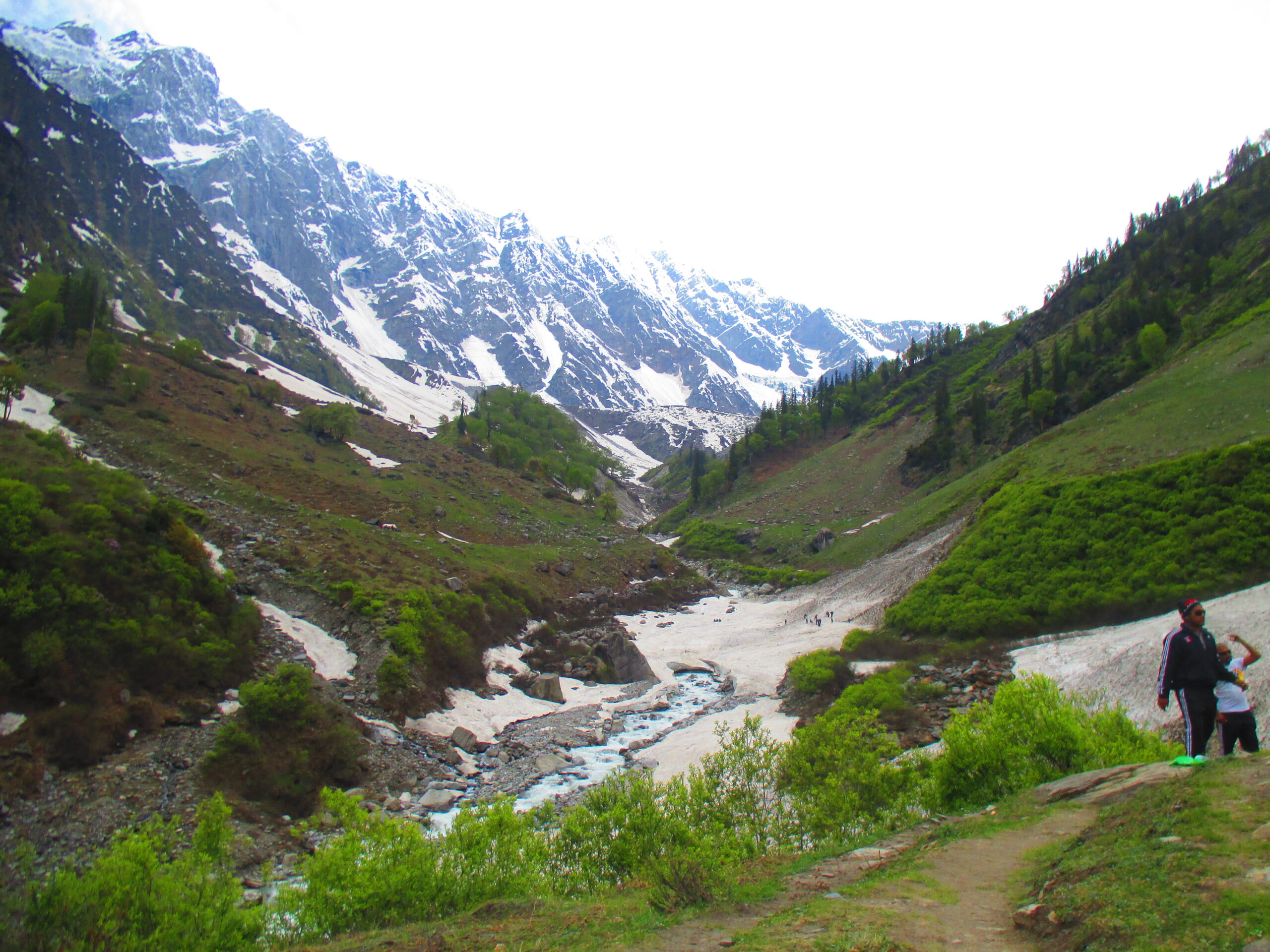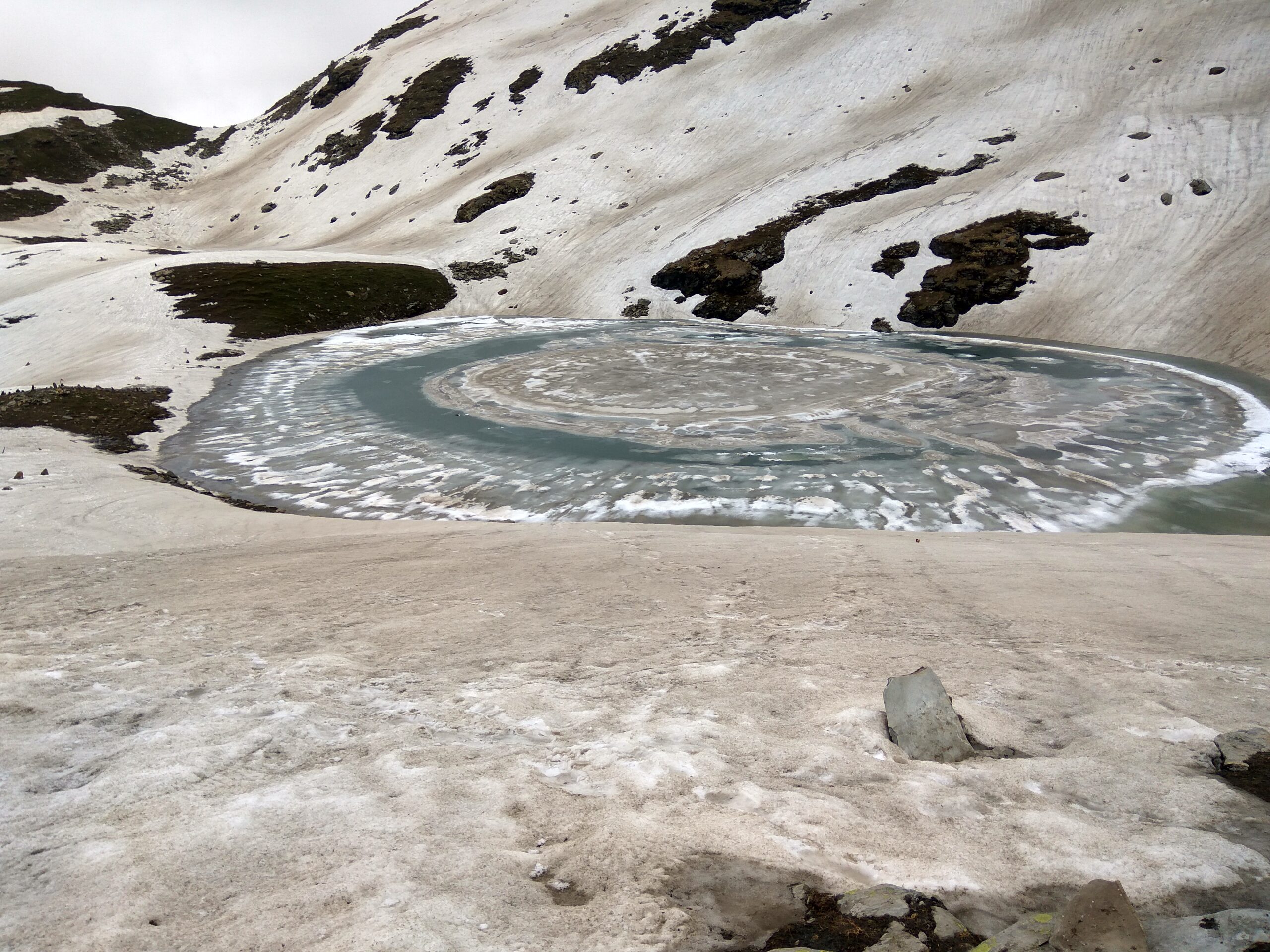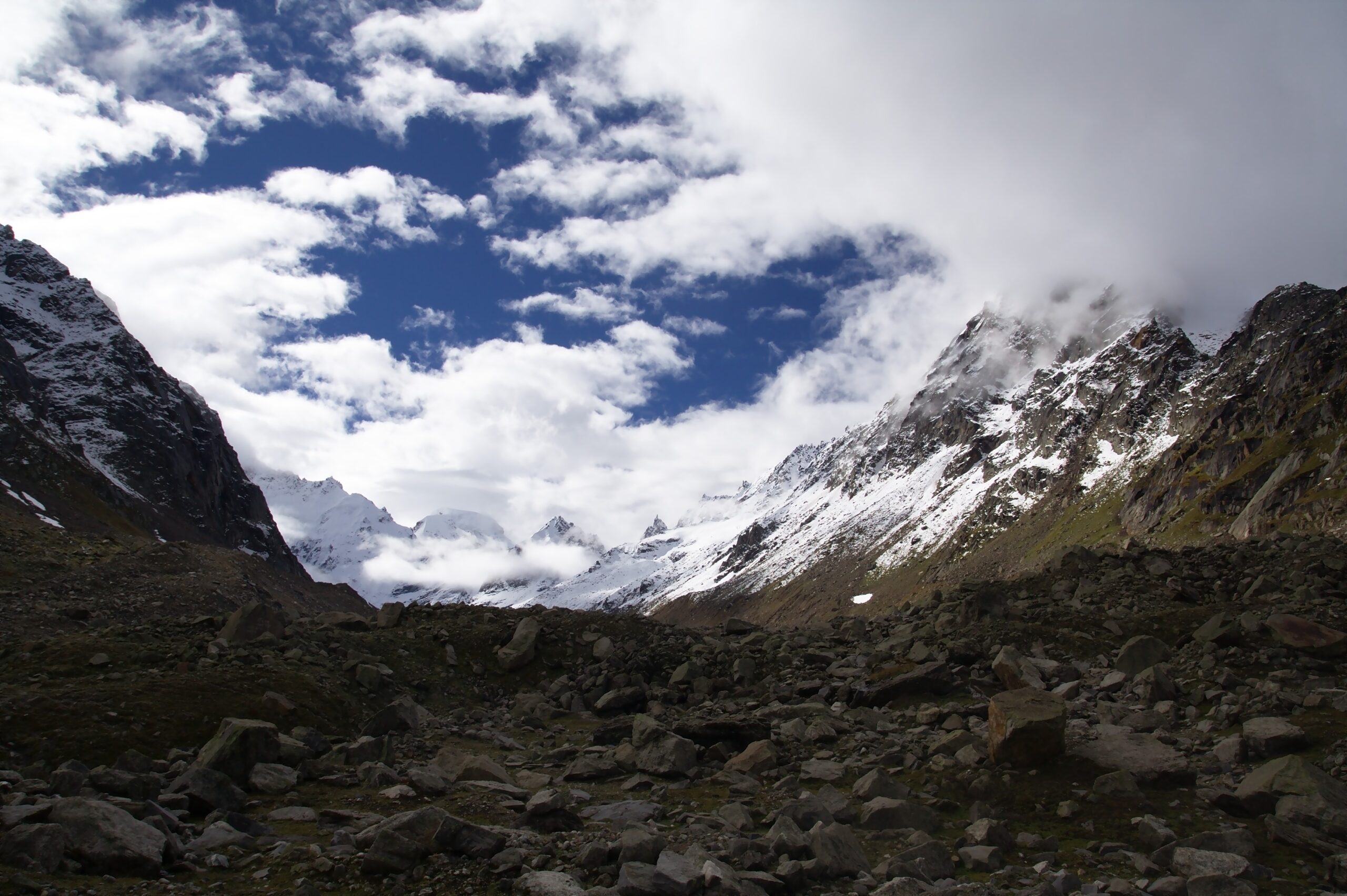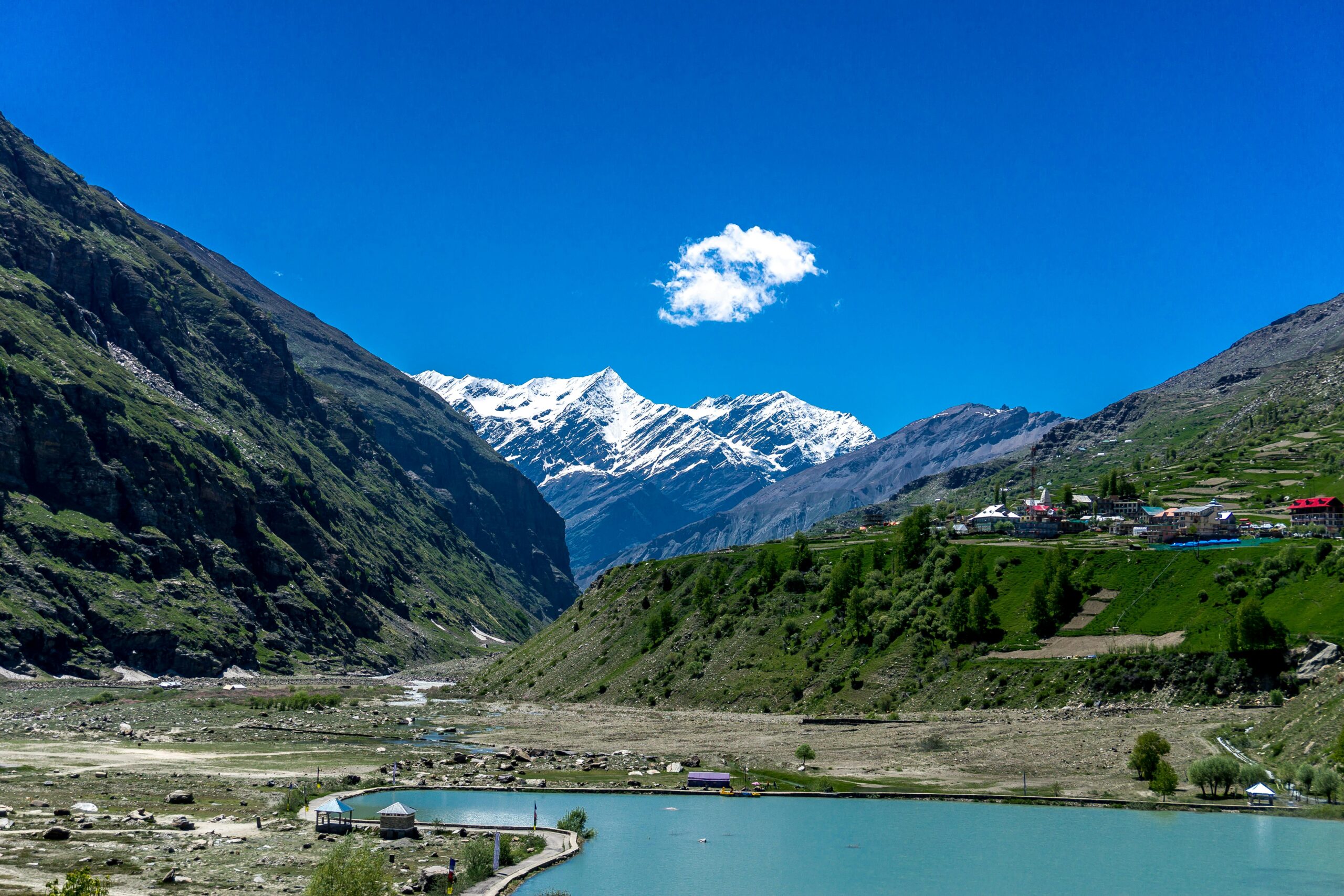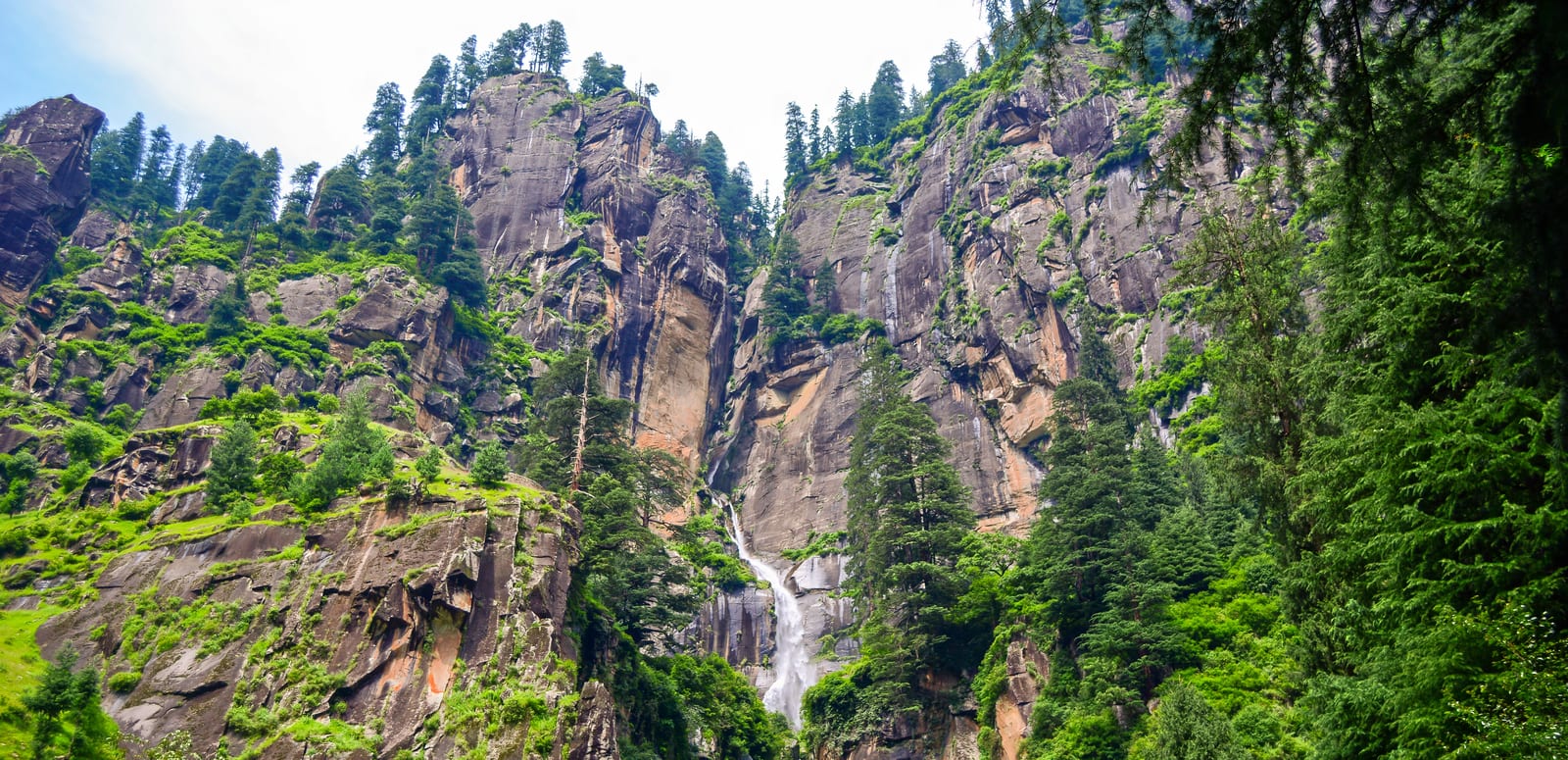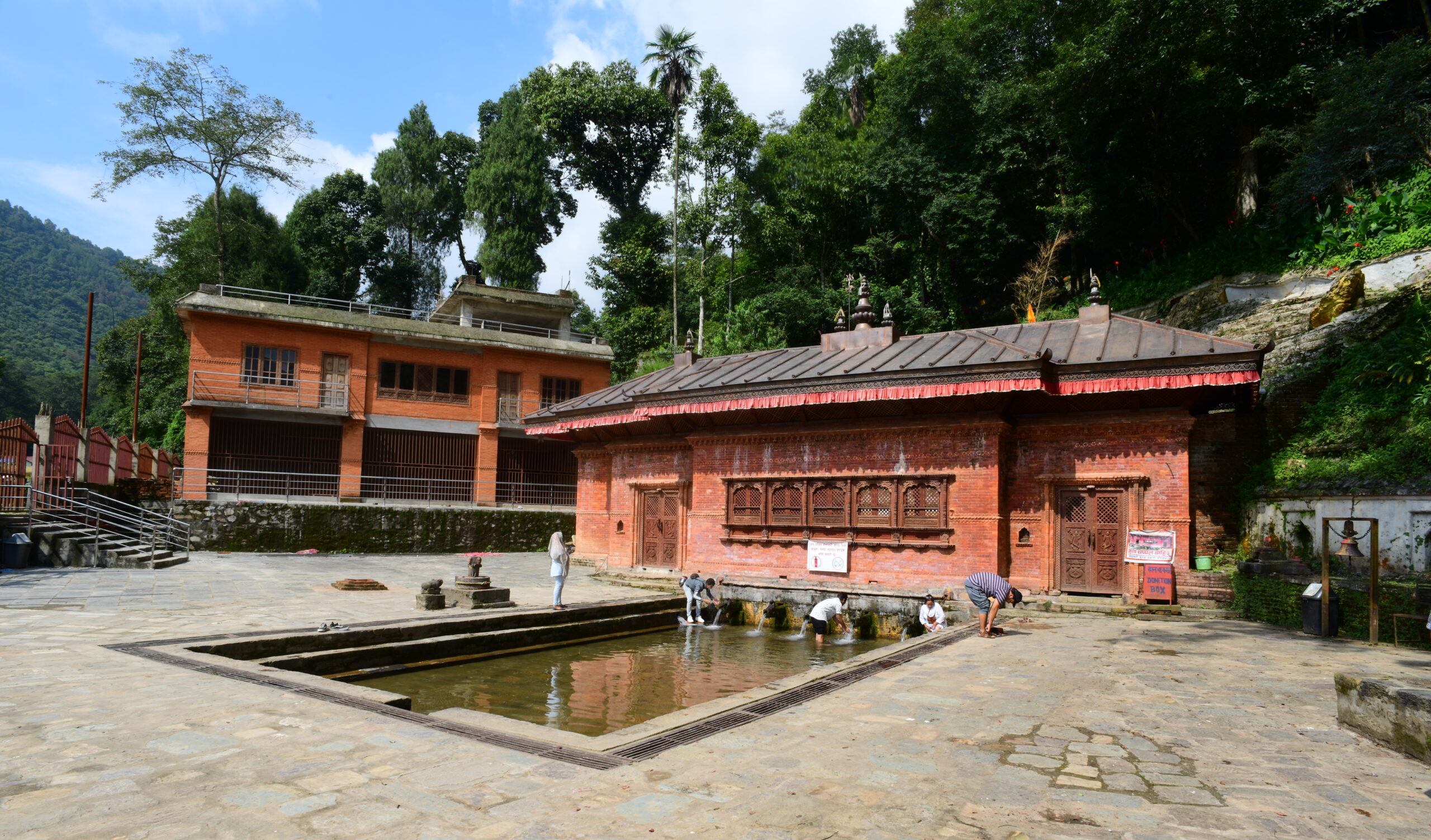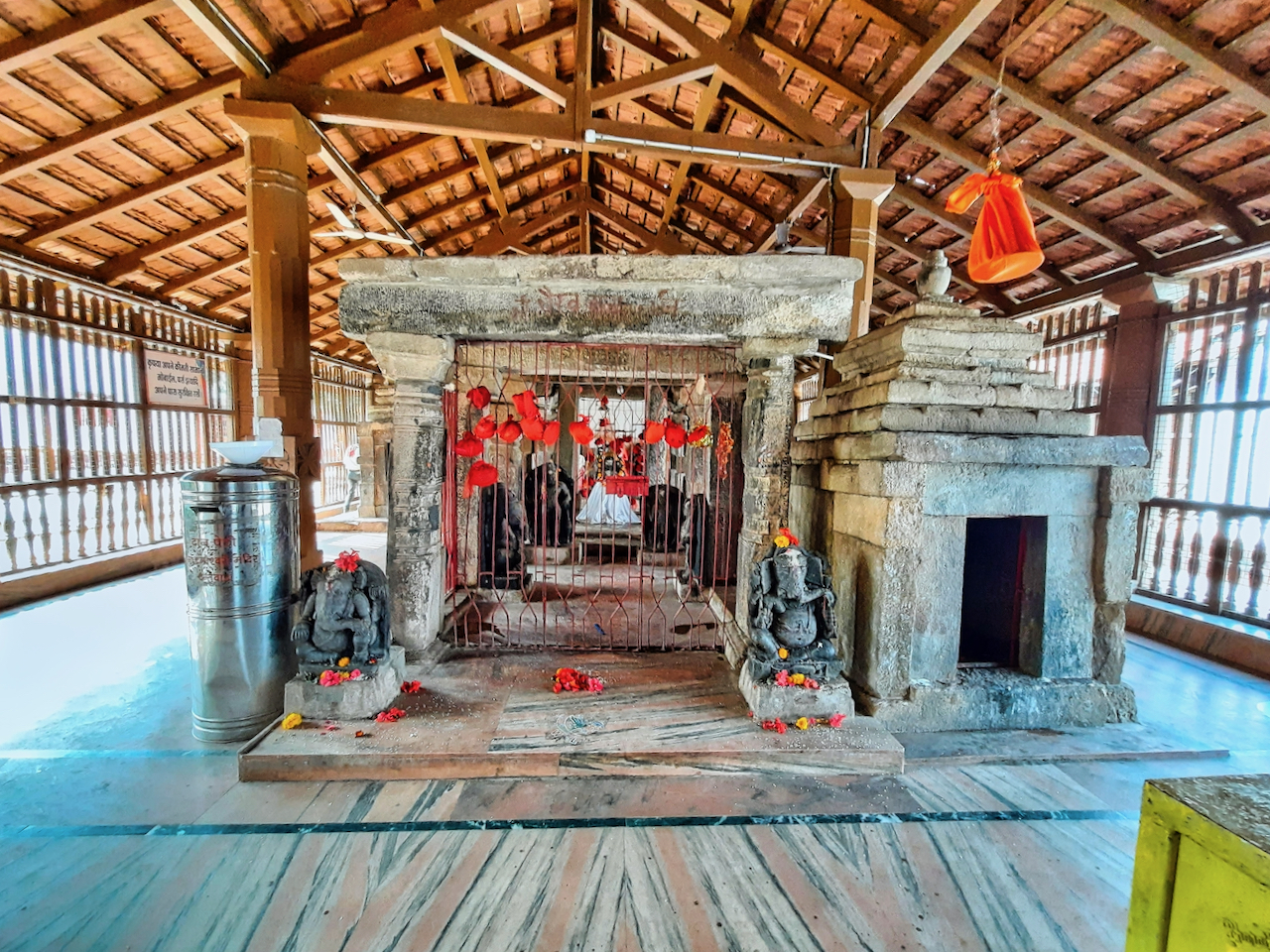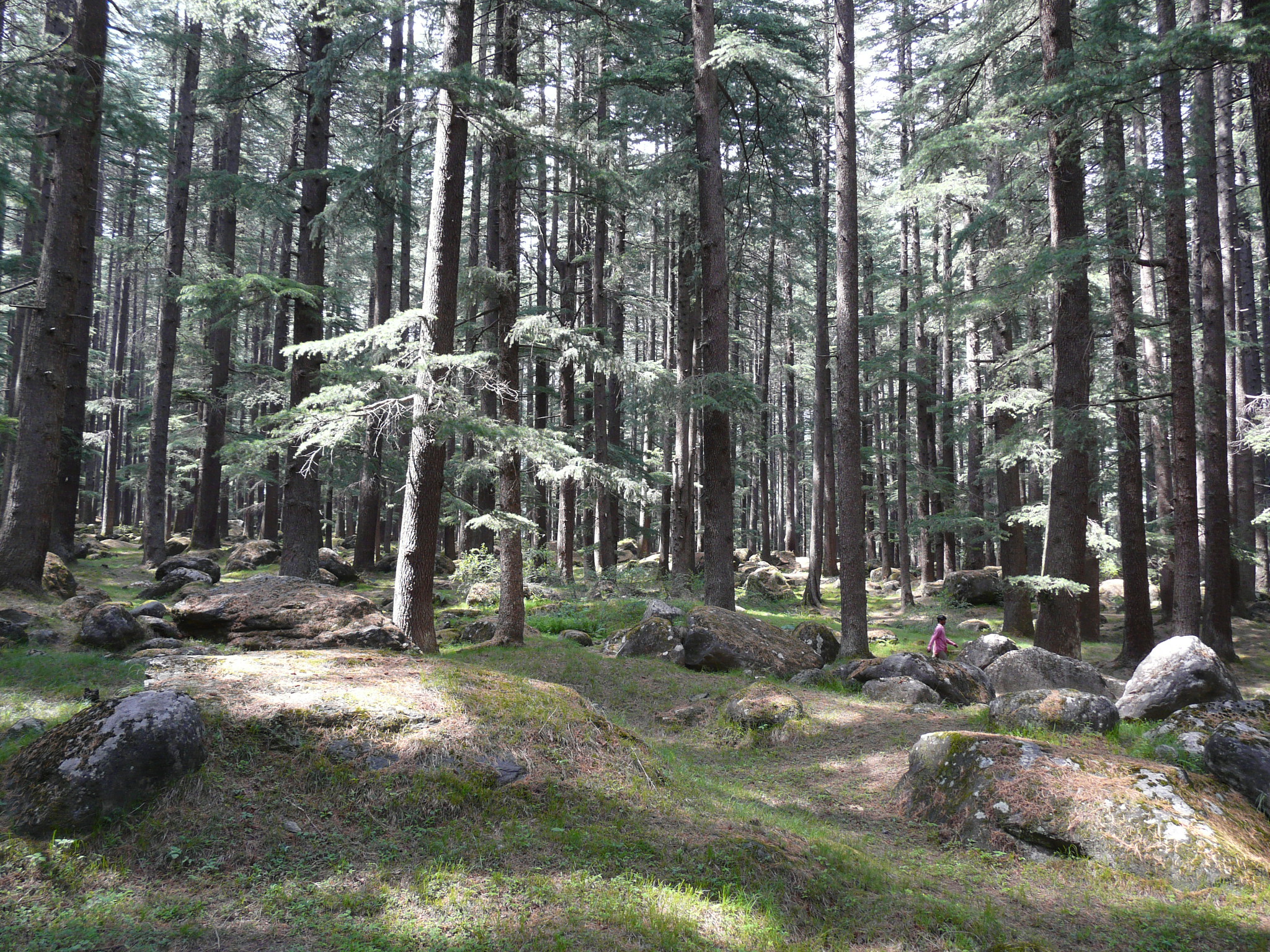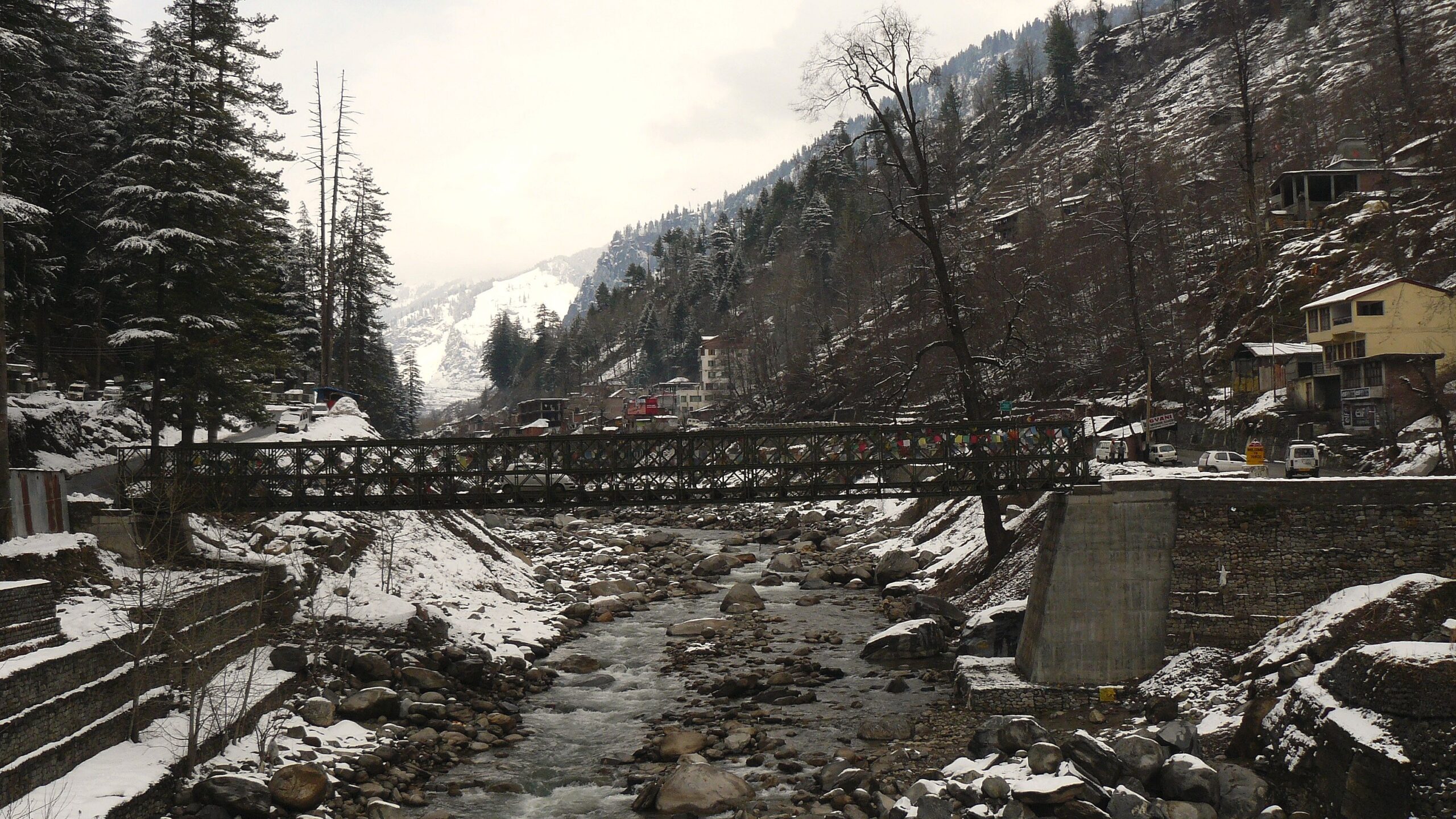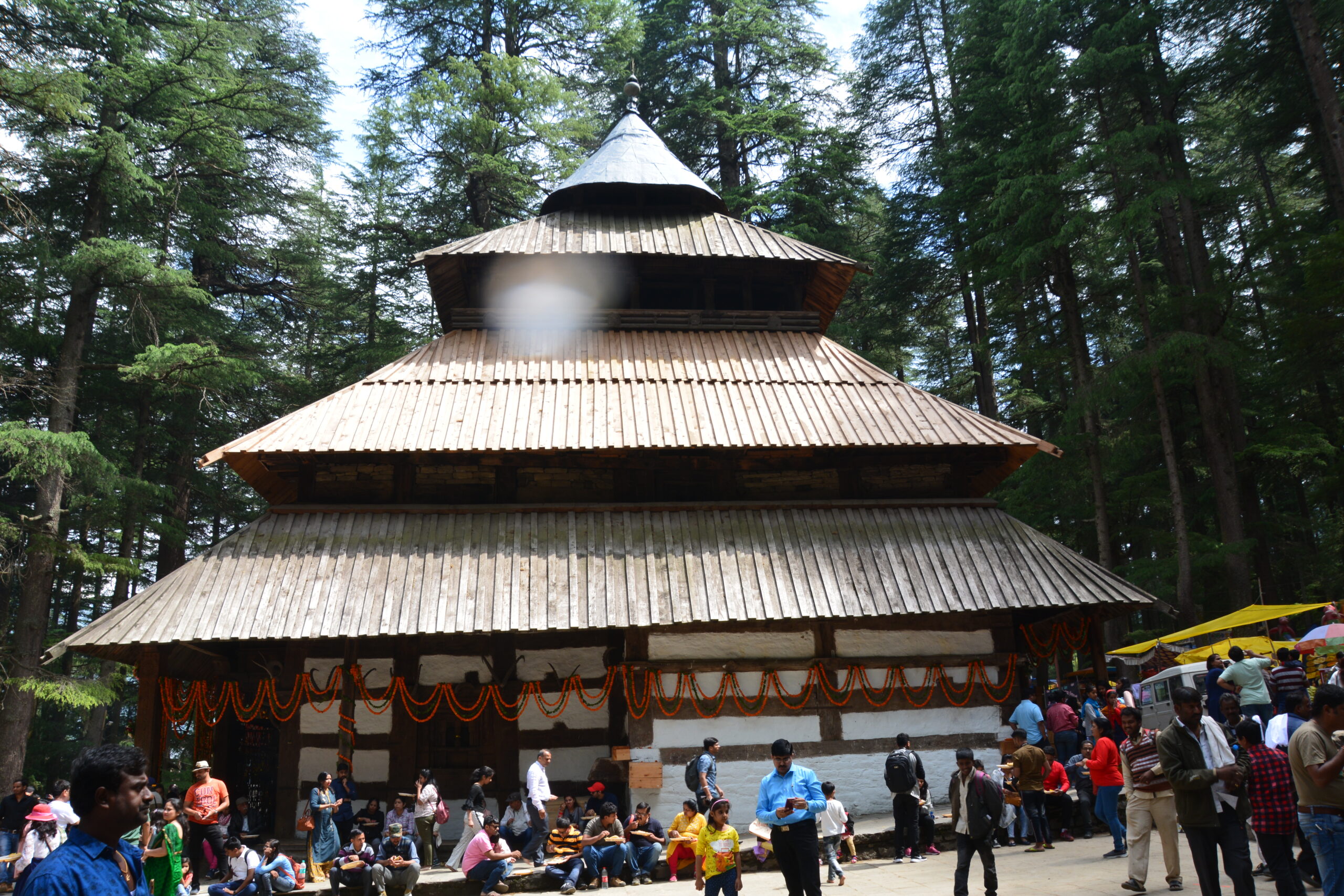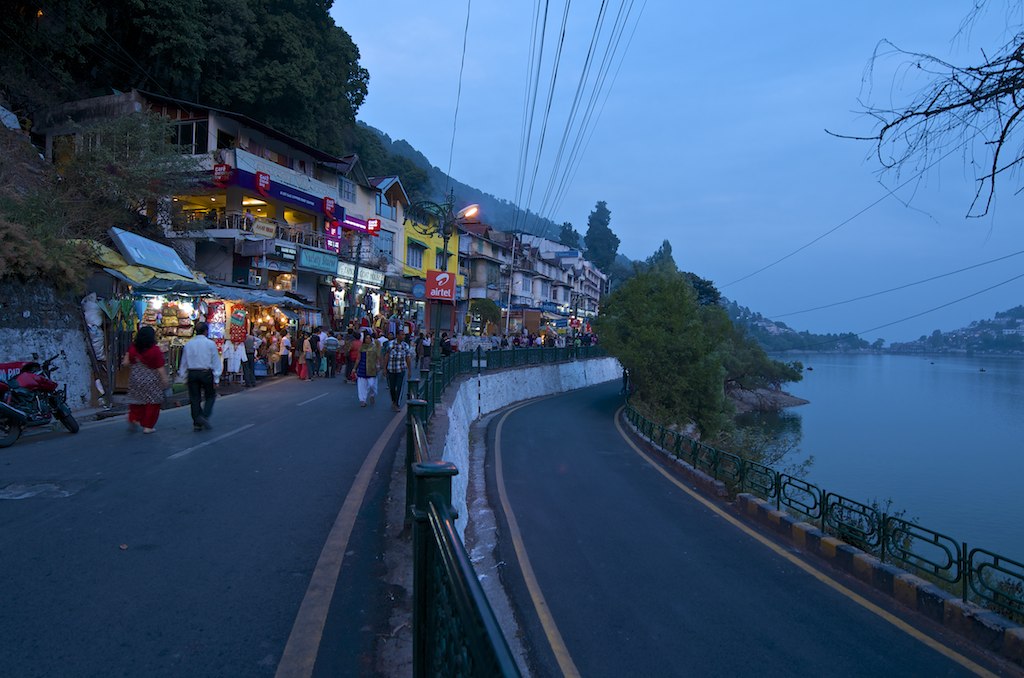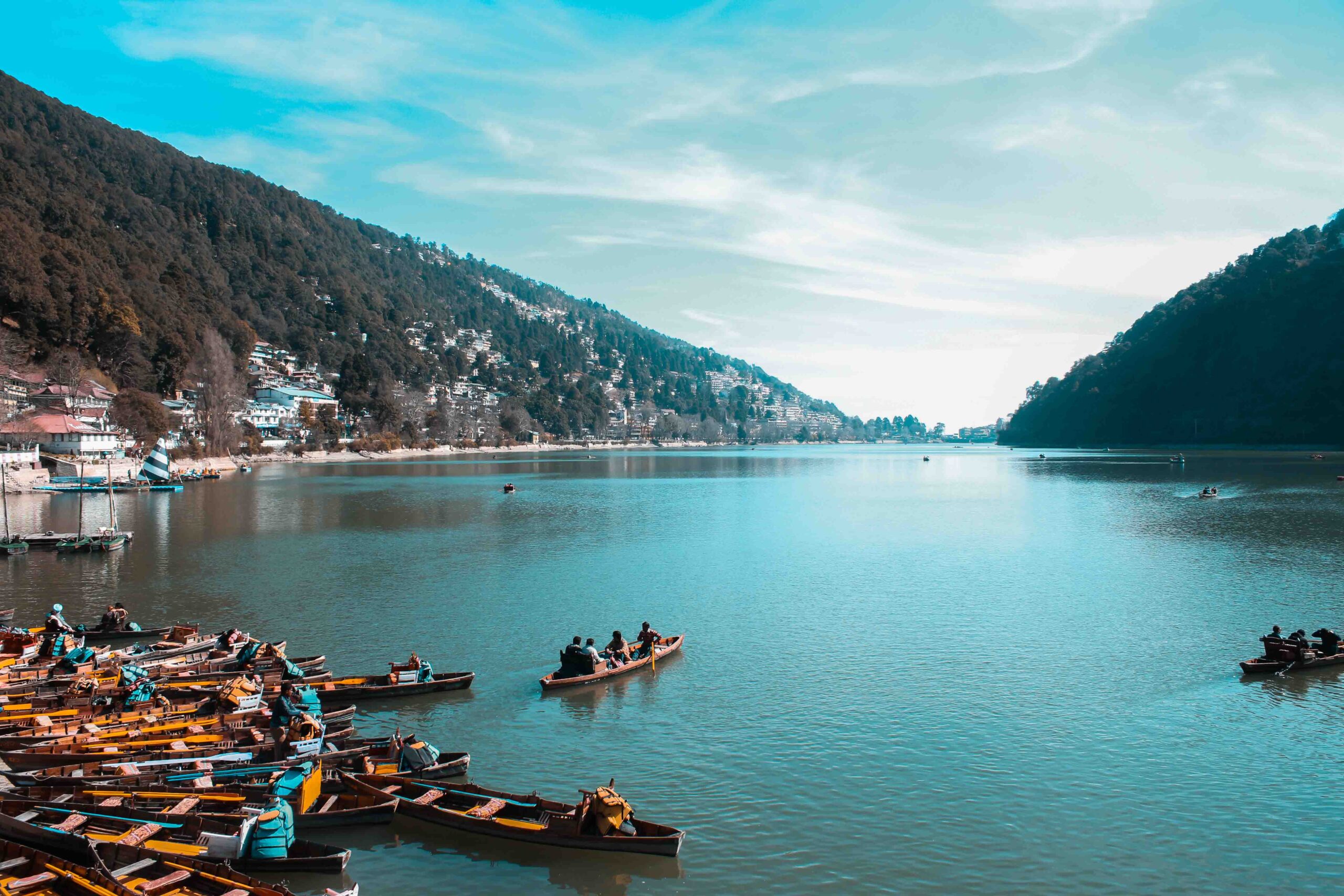
Welcome to our guide on the most beautiful places to visit in Greece! From the iconic blue domes of Santorini to the ancient ruins of Athens, Greece is a treasure trove of breathtaking destinations. Explore the stunning beaches of Mykonos, the picturesque villages of Crete, and the serene landscapes of the Peloponnese. Join us as we uncover the charm and beauty of Greece’s most enchanting locations, perfect for your next unforgettable adventure.
1. Santorini
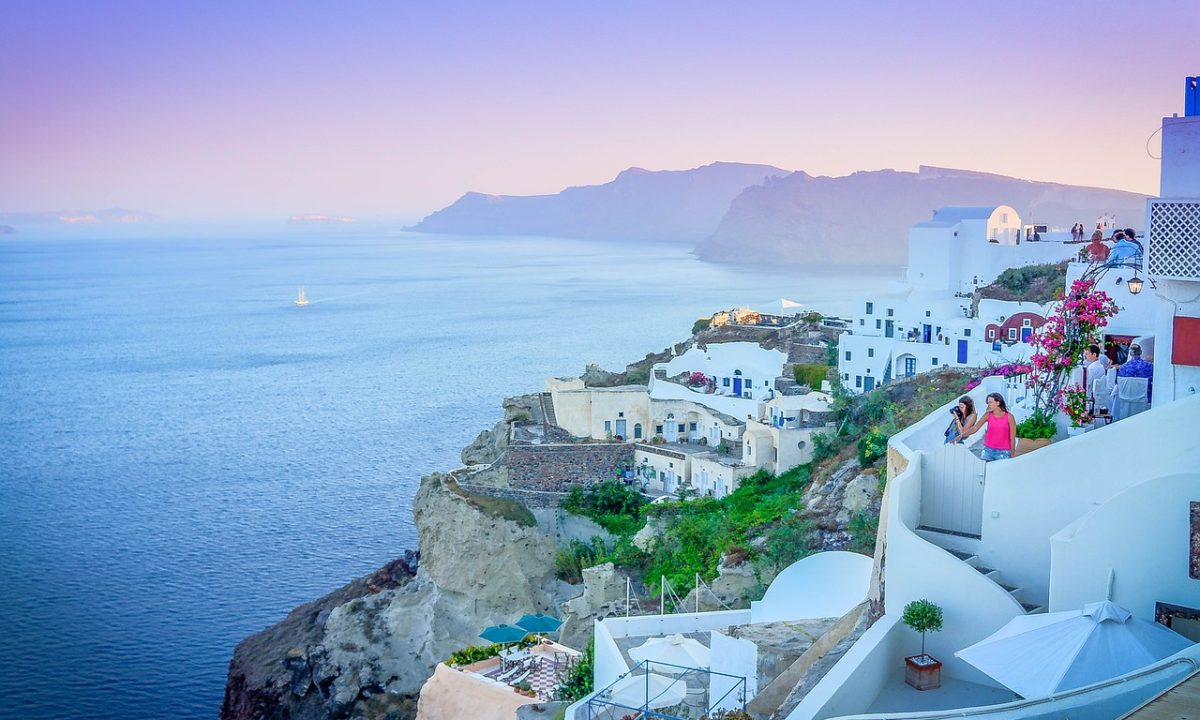
Santorini, one of the most beautiful places to visit in Greece, offers a magical experience with its stunning sunsets, white-washed buildings, and azure waters. This enchanting island is a top destination for travelers seeking beauty, history, and unforgettable adventures.
Watch the Sunset in Oia: The village of Oia is famous for its breathtaking sunsets. Arrive early to secure a spot and witness the sky transform into hues of pink, orange, and purple.
Explore Fira: The island’s capital, Fira, is bustling with shops, cafes, and nightlife. Stroll through its narrow streets and enjoy the lively atmosphere.
Visit the Red Beach: Known for its unique red sand and towering red cliffs, Red Beach is a must-see. The striking contrast between the red landscape and turquoise sea is truly mesmerizing.
Discover Ancient Akrotiri: This archaeological site offers a glimpse into the Minoan civilization. Often referred to as the “Pompeii of the Aegean,” Akrotiri is well-preserved and fascinating.
Wine Tasting Tours: Santorini’s volcanic soil produces unique wines. Visit local wineries to sample Assyrtiko, a crisp and refreshing white wine, and learn about the island’s viticulture.
Historical Sites:
- Ancient Thera: An ancient city located on Mesa Vouno Mountain, offering panoramic views and rich history.
- Akrotiri Archaeological Site: A well-preserved Minoan Bronze Age settlement.
Beaches:
- Red Beach: Famous for its red sand and stunning cliffs.
- Kamari Beach: A long, black sand beach lined with restaurants and bars.
- Perissa Beach: Known for its black volcanic sand and clear waters.
Villages:
- Oia: Renowned for its stunning sunsets and charming architecture.
- Fira: The vibrant capital with plenty of shopping, dining, and nightlife options.
- Pyrgos: A traditional village with narrow streets and medieval charm.
Natural Wonders:
- Santorini Caldera: A volcanic crater offering stunning views and boat tours.
- Hot Springs of Palea Kameni: Enjoy a relaxing dip in the warm, therapeutic waters.
- Best Time to Visit: The best time to visit Santorini is from late April to early November when the weather is warm, and most attractions are open. July and August are peak tourist months, so visit in the shoulder seasons for fewer crowds.
- Getting Around: Rent a car or ATV for flexibility in exploring the island. Public buses are also available and affordable.
- Accommodation: Book accommodation well in advance, especially if you plan to visit during peak season. Consider staying in Oia or Fira for easy access to attractions and dining.
- Dining: Try local dishes like moussaka, fava, and fresh seafood. Don’t miss out on traditional Greek desserts such as baklava and loukoumades.
- Stay Hydrated: The summer sun can be intense, so drink plenty of water and wear sunscreen.
Santorini, with its unique beauty and charm, stands out as one of the most beautiful places to visit in Greece. Whether you’re seeking relaxation, adventure, or cultural experiences, this stunning island has something for everyone.
2. Mykonos
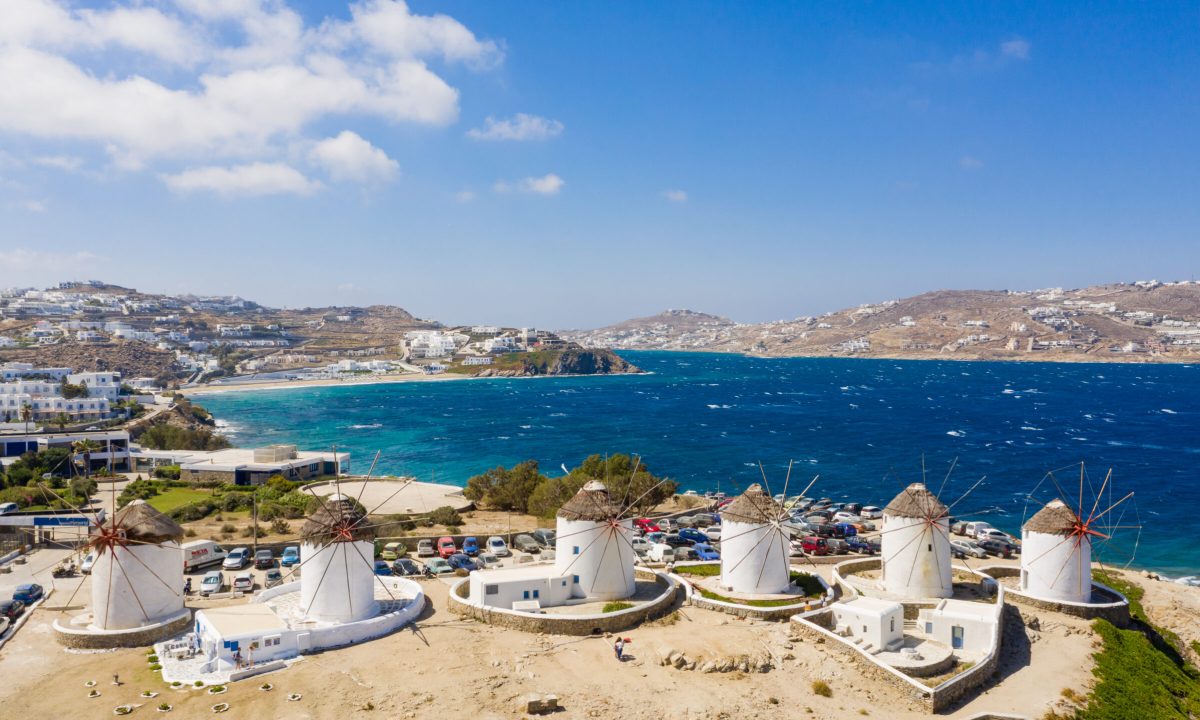
Mykonos, often hailed as one of the most beautiful places to visit in Greece, is renowned for its vibrant nightlife, stunning beaches, and charming Cycladic architecture. This island paradise attracts travelers from around the world seeking both relaxation and excitement.
Party at Paradise Beach: Known for its lively beach parties and famous DJs, Paradise Beach is the ultimate destination for nightlife enthusiasts.
Stroll Through Mykonos Town (Chora): Wander the narrow, winding streets of Chora, lined with white-washed houses, boutique shops, and cozy cafes.
Visit the Windmills: The iconic windmills of Mykonos, located in Chora, are a must-see. These historic structures offer picturesque views, especially at sunset.
Explore Little Venice: This charming waterfront area in Mykonos Town features colorful houses right on the water’s edge. Enjoy a drink at one of the bars while watching the sunset.
Relax on Elia Beach: Known for its crystal-clear waters and golden sand, Elia Beach is perfect for sunbathing and swimming.
Discover Delos Island: Just a short boat ride from Mykonos, Delos is one of the most important archaeological sites in Greece. Explore the ruins of this ancient city and learn about its rich history.
Beaches:
- Paradise Beach: Famous for its beach parties and vibrant atmosphere.
- Super Paradise Beach: Another popular spot for partying and relaxation.
- Elia Beach: A serene beach with clear waters and plenty of amenities.
- Ornos Beach: Family-friendly with calm waters and beachfront restaurants.
- Psarou Beach: Known for its upscale vibe and celebrity sightings.
Historical Sites:
- Delos Island: An archaeological treasure trove with ruins dating back to ancient Greece.
- Armenistis Lighthouse: Offering panoramic views of the Aegean Sea and a glimpse into Mykonos’ maritime history.
Villages:
- Mykonos Town (Chora): The main town with a lively atmosphere, shopping, and dining.
- Ano Mera: A traditional village known for its peaceful ambiance and the historic Panagia Tourliani Monastery.
Cultural Attractions:
- Panagia Paraportiani Church: A unique and picturesque church in Mykonos Town.
- Archaeological Museum of Mykonos: Showcasing artifacts from the island’s rich history
Travel Tips for Mykonos
- Best Time to Visit: The best time to visit Mykonos is from May to October when the weather is warm and the island is buzzing with activity. July and August are peak months, so consider visiting in May, June, or September for a more relaxed experience.
- Getting Around: Renting a scooter, ATV, or car is a convenient way to explore the island. Public buses are also available and connect major areas.
- Accommodation: Book your stay well in advance, especially during the peak season. Mykonos Town offers easy access to nightlife and dining, while quieter areas like Ornos and Ano Mera provide a more relaxed atmosphere.
- Dining: Enjoy local delicacies such as kopanisti (spicy cheese), louza (cured pork), and fresh seafood. Don’t miss out on traditional Greek desserts like amygdalota (almond cookies).
- Nightlife: Mykonos is famous for its nightlife. Explore beach clubs, bars, and nightclubs for an unforgettable experience.
- Stay Hydrated and Sun Safe: The sun can be intense, so drink plenty of water, wear sunscreen, and take breaks in the shade.
Mykonos, with its blend of vibrant nightlife and serene beaches, stands out as one of the most beautiful places to visit in Greece. Whether you’re here to party, relax, or explore, Mykonos offers something for every traveler.
3. Athens
Athens, one of the most beautiful places to visit in Greece, is a city where ancient history meets vibrant modernity. This bustling metropolis offers a wealth of cultural, historical, and culinary experiences, making it a must-visit destination for travelers.
Explore the Acropolis: Visit the iconic Acropolis, home to the Parthenon, Erechtheion, and Temple of Athena Nike. This ancient citadel offers stunning views over Athens and is a UNESCO World Heritage site.
Stroll Through Plaka: Wander the charming streets of Plaka, the oldest neighborhood in Athens, filled with neoclassical architecture, shops, and tavernas.
Visit the Acropolis Museum: This modern museum houses artifacts from the Acropolis, providing insight into ancient Greek civilization.
Admire the Temple of Olympian Zeus: Once one of the largest temples in the ancient world, this site is an impressive testament to Greek architecture and history.
Relax at the National Garden: A peaceful oasis in the heart of the city, the National Garden offers a refreshing escape with lush greenery and shaded paths.
Experience Syntagma Square: Watch the changing of the guard at the Hellenic Parliament and enjoy the vibrant atmosphere of Syntagma Square.
Climb Lycabettus Hill: For panoramic views of Athens, climb or take a funicular to the top of Lycabettus Hill.
Historical Sites:
- Acropolis: A must-see ancient citadel with iconic monuments.
- Temple of Olympian Zeus: Remnants of a colossal temple dedicated to Zeus.
- Ancient Agora: The heart of ancient Athens, featuring the Temple of Hephaestus.
- Roman Agora: An ancient Roman marketplace with the Tower of the Winds.
Museums:
- Acropolis Museum: Exhibits from the Acropolis archaeological site.
- National Archaeological Museum: Greece’s largest museum, showcasing ancient Greek artifacts.
- Benaki Museum: A diverse collection of Greek art and history.
- Museum of Cycladic Art: Focused on ancient Cycladic culture.
Neighborhoods:
- Plaka: The historic old town with picturesque streets and lively cafes.
- Monastiraki: Known for its flea market and vibrant atmosphere.
- Kolonaki: An upscale neighborhood with chic boutiques and trendy cafes.
- Psiri: A hip area with street art, bars, and restaurants.
Parks and Gardens:
- National Garden: A serene park near Syntagma Square.
- Philopappos Hill: Offers great views of the Acropolis and the city.
- Pedion tou Areos: One of the largest public parks in Athens.
- Best Time to Visit: The best time to visit Athens is from March to June and September to November when the weather is pleasant, and the city is less crowded. July and August can be very hot and crowded.
- Getting Around: Athens has an efficient public transportation system, including buses, trams, and the metro. Taxis are also widely available.
- Accommodation: Stay in central areas like Plaka, Syntagma, or Monastiraki for easy access to major attractions. Book in advance, especially during peak tourist seasons.
- Dining: Enjoy traditional Greek cuisine, such as souvlaki, moussaka, and fresh seafood. Visit local tavernas for an authentic dining experience.
- Safety: Athens is generally safe, but like any major city, be aware of your surroundings and take basic precautions against pickpocketing.
- Cultural Etiquette: When visiting religious sites, dress modestly. Learn a few basic Greek phrases to enhance your experience and connect with locals.
Athens, rich in history and culture, is undeniably one of the most beautiful places to visit in Greece. Whether you’re exploring ancient ruins, enjoying vibrant neighborhoods, or savoring delicious Greek cuisine, Athens promises an unforgettable experience.
4. Crete
Crete, the largest of the Greek islands, is one of the most beautiful places to visit in Greece. With its stunning landscapes, rich history, and vibrant culture, Crete offers a diverse range of experiences for every traveler.
Explore the Palace of Knossos: Delve into ancient history at the Palace of Knossos, the center of Minoan civilization and one of Crete’s most significant archaeological sites.
Hike the Samaria Gorge: This 16-kilometer-long gorge is one of Europe’s longest and offers breathtaking scenery. It’s a must-visit for nature enthusiasts and hikers.
Relax on Elafonissi Beach: Famous for its pink sand and crystal-clear waters, Elafonissi Beach is a perfect spot for swimming and sunbathing.
Visit the Heraklion Archaeological Museum: Discover the rich history of Crete through its extensive collection of Minoan artifacts.
Wander Through Chania Old Town: Stroll through the narrow streets of Chania’s Old Town, filled with Venetian, Turkish, and Greek architecture, shops, and cafes.
Explore the Cave of Zeus (Dikteon Cave): According to legend, this cave is the birthplace of Zeus. It’s an intriguing site with impressive stalactites and stalagmites.
Savor Cretan Cuisine: Enjoy traditional Cretan dishes like dakos, kalitsounia, and fresh seafood at local tavernas.
Historical Sites:
- Palace of Knossos: The largest Bronze Age archaeological site on Crete.
- Phaistos: Another important Minoan palace complex with stunning views of the surrounding area.
- Gortyna: An ancient city with Roman and Greek ruins, including a notable law code inscribed on stone.
Beaches:
- Elafonissi Beach: Known for its pink sand and clear waters.
- Balos Lagoon: A stunning beach and lagoon with turquoise waters and white sand.
- Vai Beach: Famous for its unique palm forest and beautiful sandy shore.
- Matala Beach: Known for its carved caves and hippie history.
Cities and Towns:
- Chania: A picturesque city with a beautiful harbor, old town, and vibrant atmosphere.
- Heraklion: The capital city with rich history, museums, and lively markets.
- Rethymnon: Known for its well-preserved old town and Venetian fortress.
- Agios Nikolaos: A charming coastal town with a picturesque lake and vibrant nightlife.
Natural Attractions:
- Samaria Gorge: A dramatic gorge with stunning natural beauty.
- Dikteon Cave: The legendary birthplace of Zeus.
- Seitan Limania Beach: A hidden gem with striking turquoise waters and a dramatic landscape.
- Mount Ida (Psiloritis): The highest mountain in Crete, offering challenging hikes and spectacular views.
- Best Time to Visit: The best time to visit Crete is from May to October when the weather is warm and sunny. July and August can be very hot, so consider visiting in the shoulder seasons for more comfortable temperatures and fewer crowds.
- Getting Around: Renting a car is the best way to explore Crete’s diverse landscapes and attractions. Public buses are also available and connect major towns and cities.
- Accommodation: Stay in Chania or Heraklion for easy access to historical sites and amenities. For a more relaxed experience, consider staying in smaller towns or villages.
- Dining: Don’t miss out on traditional Cretan cuisine, which emphasizes fresh, local ingredients. Try dishes like moussaka, dakos, and Cretan cheeses.
- Safety: Crete is generally safe for tourists, but as with any destination, be aware of your surroundings and take basic precautions against petty theft.
- Cultural Etiquette: Respect local customs and traditions. When visiting religious sites, dress modestly and be mindful of local sensitivities.
Crete, with its rich history, stunning beaches, and vibrant culture, is undoubtedly one of the most beautiful places to visit in Greece. Whether you’re an adventurer, history buff, or simply looking to relax, Crete has something to offer every traveler.
5. Meteora
Meteora, with its awe-inspiring rock formations and ancient monasteries, is undoubtedly one of the most beautiful places to visit in Greece. This UNESCO World Heritage site offers a unique blend of natural beauty and spiritual tranquility, making it a must-visit destination for travelers.
- Visit the Monasteries: Explore the six active monasteries perched atop towering rock pillars. Each monastery offers stunning views and a glimpse into the monastic life of the past.
- Hiking and Rock Climbing: Discover Meteora’s breathtaking landscapes on foot or through rock climbing. Numerous trails and routes cater to all skill levels.
- Sunset Tours: Join a sunset tour to witness the breathtaking views of the sun setting behind the rock formations, creating a magical atmosphere.
- Photography: Capture the stunning scenery of Meteora. The dramatic rock formations and ancient monasteries provide countless opportunities for memorable photos.
- Visit the Meteora Natural History Museum: Learn about the unique geology and biodiversity of the Meteora region through informative exhibits and displays.
- Explore the Village of Kastraki: Wander through this charming village nestled at the base of the Meteora rocks. Enjoy traditional Greek hospitality, local cuisine, and picturesque views.
Monasteries:
- Great Meteoron Monastery: The largest and oldest of the Meteora monasteries, offering stunning views and historical artifacts.
- Varlaam Monastery: Known for its impressive frescoes and well-preserved structures.
- Rousanou Monastery: Easily accessible and surrounded by beautiful gardens.
- St. Nicholas Anapafsas Monastery: Famous for its intricate frescoes and serene atmosphere.
- Holy Trinity Monastery: Offers panoramic views and was featured in the James Bond film “For Your Eyes Only.”
- St. Stephen’s Monastery: Known for its beautiful icons and accessibility via a bridge.
Nature and Outdoor Activities:
- Hiking Trails: Numerous trails offer different levels of difficulty and breathtaking views of the monasteries and surrounding landscapes.
- Rock Climbing Routes: Suitable for both beginners and experienced climbers, with various routes to explore the unique rock formations.
Villages and Towns:
- Kalambaka: The main town near Meteora, offering accommodations, restaurants, and shops.
- Kastraki: A picturesque village with traditional Greek architecture and local charm.
Cultural Attractions:
- Meteora Natural History Museum: Provides insights into the region’s natural history, including its unique rock formations and wildlife.
- Folklore Museum of Kalambaka: Showcases the traditional way of life in the Meteora region through a collection of artifacts and exhibits.
- Best Time to Visit: The best time to visit Meteora is from April to October when the weather is pleasant for outdoor activities. Spring and autumn offer mild temperatures and fewer crowds.
- Getting Around: Renting a car is the most convenient way to explore Meteora and its surroundings. Buses and taxis are also available for transportation between Kalambaka, Kastraki, and the monasteries.
- Accommodation: Kalambaka and Kastraki offer a range of accommodations, from budget-friendly options to more luxurious stays. Book in advance, especially during peak tourist seasons.
- Dining: Enjoy traditional Greek cuisine at local tavernas. Try dishes like moussaka, souvlaki, and baklava. Don’t forget to sample local wines and cheeses.
- Dress Code: When visiting the monasteries, dress modestly. Men should wear long pants, and women should wear skirts below the knee and cover their shoulders. Some monasteries provide wraps if needed.
- Respect the Monastic Community: Be mindful of the monastic community’s rules and customs. Maintain a respectful demeanor, and follow any guidelines provided by the monasteries.
Meteora, with its stunning natural beauty and spiritual significance, is truly one of the most beautiful places to visit in Greece. Whether you’re exploring ancient monasteries, hiking through breathtaking landscapes, or immersing yourself in local culture, Meteora offers an unforgettable experience for every traveler.
6. Rhodes
Rhodes, a gem in the Dodecanese, is one of the most beautiful places to visit in Greece. Known for its rich history, stunning beaches, and medieval architecture, Rhodes offers a unique blend of cultural heritage and natural beauty, making it a must-visit destination.
- Explore the Medieval City of Rhodes: Wander through the UNESCO World Heritage-listed Old Town, with its cobblestone streets, impressive fortifications, and medieval architecture.
- Visit the Palace of the Grand Master: Discover the grandeur of this historic palace, which once served as the residence of the Knights of St. John.
- Relax on Lindos Beach: Enjoy the crystal-clear waters and golden sands of Lindos Beach, located beneath the ancient Acropolis of Lindos.
- Climb the Acropolis of Lindos: Hike up to the ancient Acropolis for panoramic views and a glimpse into Rhodes’ ancient past.
- Stroll Through Mandraki Harbor: Visit the iconic harbor where the Colossus of Rhodes once stood. Today, it’s a bustling area with yachts, cafes, and historic buildings.
- Explore the Valley of the Butterflies: Visit this lush valley in Petaloudes to see thousands of butterflies during the summer months.
- Discover the Ancient Kamiros: Explore the ruins of this ancient city, offering a fascinating insight into the island’s Hellenistic period.
Historical Sites:
- Medieval City of Rhodes: A well-preserved medieval town with historic buildings and fortifications.
- Palace of the Grand Master: A stunning example of medieval architecture and a major attraction.
- Acropolis of Lindos: Ancient ruins with breathtaking views of the surrounding area.
- Ancient Kamiros: Ruins of a classical city offering insights into ancient life.
Beaches:
- Lindos Beach: A picturesque beach with clear waters and golden sands.
- Tsambika Beach: Known for its long stretch of sandy shore and turquoise waters.
- Faliraki Beach: A lively beach with plenty of water sports and activities.
- Anthony Quinn Bay: A beautiful bay with crystal-clear waters, ideal for snorkeling.
Villages and Towns:
- Rhodes Town: The main town with a mix of modern and medieval attractions.
- Lindos: A charming village with white-washed houses and narrow streets.
- Afandou: A traditional village known for its long beach and relaxed atmosphere.
- Archangelos: A vibrant town with colorful houses and local charm.
Natural Attractions:
- Valley of the Butterflies (Petaloudes): A lush valley with thousands of butterflies in the summer.
- Seven Springs (Epta Piges): A tranquil area with natural springs and walking trails.
- Prasonisi: A unique spot where the Aegean Sea meets the Mediterranean, popular for windsurfing and kitesurfing.
- Best Time to Visit: The best time to visit Rhodes is from April to October when the weather is warm and sunny. July and August are peak tourist months, so consider visiting in the shoulder seasons for fewer crowds and more pleasant temperatures.
- Getting Around: Renting a car is the most convenient way to explore Rhodes and its many attractions. Public buses and taxis are also available.
- Accommodation: Rhodes Town and Lindos offer a range of accommodations, from budget-friendly options to luxury resorts. Book in advance, especially during the peak season.
- Dining: Enjoy traditional Greek cuisine at local tavernas. Don’t miss out on dishes like moussaka, souvlaki, and fresh seafood. Try local specialties like melekouni (honey and sesame bars) and pitaroudia (chickpea fritters).
- Safety: Rhodes is generally safe for tourists, but it’s always wise to take basic precautions against petty theft and to be aware of your surroundings.
- Cultural Etiquette: When visiting religious sites, dress modestly. Respect local customs and traditions, and try to learn a few basic Greek phrases to enhance your interactions with locals.
Rhodes, with its blend of historical sites, stunning beaches, and vibrant culture, is truly one of the most beautiful places to visit in Greece. Whether you’re exploring medieval castles, relaxing on pristine beaches, or savoring delicious Greek cuisine, Rhodes promises an unforgettable experience for every traveler.
7. Corfu
Corfu, known for its lush landscapes, stunning beaches, and rich history, is undoubtedly one of the most beautiful places to visit in Greece. This Ionian island offers a perfect blend of natural beauty, cultural heritage, and vibrant local life, making it a must-visit destination.
- Explore Corfu Old Town: Wander through the UNESCO World Heritage-listed Old Town, with its narrow streets, Venetian architecture, and charming squares.
- Visit the Achilleion Palace: Discover the opulent summer palace built by Empress Elisabeth of Austria, featuring beautiful gardens and impressive statues.
- Relax on Paleokastritsa Beach: Enjoy the crystal-clear waters and stunning scenery of this famous beach, perfect for swimming and sunbathing.
- Hike to Angelokastro: Climb to this Byzantine castle perched on a cliff for breathtaking views of the island and the sea.
- Stroll Through Mon Repos Estate: Explore the gardens and the villa where Prince Philip was born, now a museum showcasing Corfu’s history.
- Boat Trip to Paxos and Antipaxos: Take a day trip to these nearby islands for pristine beaches and azure waters.
- Discover the Canal d’Amour: Visit this unique beach in Sidari, known for its distinctive rock formations and romantic legend.
Historical Sites:
- Corfu Old Town: A UNESCO World Heritage site with Venetian, French, and British influences.
- Achilleion Palace: A neoclassical palace with beautiful gardens and historical artifacts.
- Angelokastro: A Byzantine castle offering stunning panoramic views.
- Mon Repos Estate: A historic villa and gardens, now a museum.
Beaches:
- Paleokastritsa Beach: Known for its clear waters and beautiful surroundings.
- Glyfada Beach: A popular beach with golden sand and crystal-clear waters.
- Sidari and Canal d’Amour: Unique rock formations and a romantic setting.
- Barbati Beach: A long, pebbly beach with excellent swimming conditions.
Villages and Towns:
- Corfu Town: The main town with a mix of historical sites and modern amenities.
- Kassiopi: A charming fishing village with a lively harbor and ancient castle ruins.
- Pelekas: A picturesque village known for its stunning sunset views.
- Benitses: A traditional fishing village with a vibrant atmosphere and beautiful beaches.
Natural Attractions:
- Mount Pantokrator: The highest point on the island, offering spectacular views.
- Corfu Trail: A long-distance hiking trail that showcases the island’s diverse landscapes.
- Paxos and Antipaxos: Nearby islands with pristine beaches and clear waters, perfect for a day trip.
- Best Time to Visit: The best time to visit Corfu is from May to October when the weather is warm and ideal for beach activities. July and August are peak tourist months, so visiting in the shoulder seasons can offer a more relaxed experience.
- Getting Around: Renting a car or scooter is the best way to explore Corfu’s diverse attractions. Public buses are also available and connect major towns and beaches.
- Accommodation: Corfu Town offers a range of accommodations, from budget-friendly options to luxury hotels. Coastal villages like Paleokastritsa and Kassiopi also provide excellent lodging choices.
- Dining: Enjoy traditional Corfiot cuisine at local tavernas. Don’t miss out on dishes like pastitsada (spiced meat stew), sofrito (beef in white wine sauce), and fresh seafood. Try local sweets like kumquat liqueur and nougat.
- Safety: Corfu is generally safe for tourists. As with any travel destination, take basic precautions against petty theft and be aware of your surroundings.
- Cultural Etiquette: When visiting religious sites, dress modestly. Respect local customs and traditions, and try to learn a few basic Greek phrases to enhance your interactions with locals.
Corfu, with its lush greenery, stunning beaches, and rich history, stands out as one of the most beautiful places to visit in Greece. Whether you’re exploring ancient castles, relaxing on pristine beaches, or indulging in delicious local cuisine, Corfu promises an unforgettable experience for every traveler.
8. Nafplio
Nafplio, a charming coastal town in the Peloponnese, is one of the most beautiful places to visit in Greece. Known for its rich history, stunning architecture, and picturesque landscapes, Nafplio offers a perfect blend of cultural heritage and natural beauty, making it a must-visit destination.
- Explore Palamidi Fortress: Climb the 999 steps to this impressive fortress for breathtaking views of Nafplio and the Argolic Gulf.
- Stroll Through the Old Town: Wander through narrow streets lined with neoclassical mansions, charming squares, and vibrant bougainvillea.
- Visit Bourtzi Castle: Take a short boat trip to this small fortress on an islet in the harbor, offering panoramic views and historical insights.
- Relax at Arvanitia Beach: Enjoy the crystal-clear waters and stunning views of the surrounding cliffs at this popular town beach.
- Discover the Archaeological Museum: Learn about the region’s ancient history through a fascinating collection of artifacts.
- Walk Along the Acronafplia Walls: Take a leisurely walk along these ancient walls for scenic views and a glimpse into Nafplio’s history.
- Visit the Church of Agios Spyridon: Explore this historic church where the first governor of Greece, Ioannis Kapodistrias, was assassinated.
Historical Sites:
- Palamidi Fortress: A Venetian fortress offering stunning views and a glimpse into Nafplio’s past.
- Bourtzi Castle: A small fortress on an islet, accessible by a short boat trip.
- Acronafplia: Ancient walls and fortifications with panoramic views.
- Church of Agios Spyridon: A historic church with significant historical importance.
Beaches:
- Arvanitia Beach: A popular town beach with crystal-clear waters and beautiful views.
- Karathona Beach: A sandy beach located just outside of Nafplio, perfect for a relaxing day by the sea.
- Tolo Beach: A family-friendly beach with shallow waters and plenty of amenities.
Museums:
- Archaeological Museum of Nafplio: Housed in a Venetian building, this museum showcases artifacts from the region’s ancient history.
- Komboloi Museum: A unique museum dedicated to worry beads, showcasing a wide collection from various cultures.
- War Museum: Located in a historic building, this museum covers Greece’s military history.
Natural Attractions:
- Acronafplia Walls: Offering scenic walks and panoramic views of Nafplio and the surrounding area.
- Nafplio Promenade: A beautiful walk along the waterfront with stunning views of the sea and the town.
- Best Time to Visit: The best time to visit Nafplio is from April to October when the weather is warm and ideal for exploring the town and its surroundings. Spring and autumn offer milder temperatures and fewer crowds.
- Getting Around: Nafplio is a compact town best explored on foot. Renting a bike or car is recommended for trips to nearby attractions and beaches.
- Accommodation: Nafplio offers a range of accommodations, from boutique hotels in the Old Town to beachfront resorts and budget-friendly options. Book in advance, especially during peak tourist season.
- Dining: Enjoy traditional Greek cuisine at local tavernas. Don’t miss out on dishes like moussaka, souvlaki, and fresh seafood. Try local specialties like baklava and galaktoboureko.
- Safety: Nafplio is generally safe for tourists. As with any travel destination, take basic precautions against petty theft and be aware of your surroundings.
- Cultural Etiquette: When visiting religious sites, dress modestly. Respect local customs and traditions, and try to learn a few basic Greek phrases to enhance your interactions with locals.
Nafplio, with its blend of historical sites, stunning beaches, and vibrant culture, is truly one of the most beautiful places to visit in Greece. Whether you’re exploring ancient fortresses, relaxing on pristine beaches, or savoring delicious Greek cuisine, Nafplio promises an unforgettable experience for every traveler.
9. Delphi
Delphi, nestled on the slopes of Mount Parnassus, is one of the most beautiful places to visit in Greece. Known for its ancient ruins and stunning landscapes, Delphi was once considered the center of the world in Greek mythology. This historical site offers a perfect blend of cultural heritage and natural beauty, making it a must-visit destination.
- Explore the Archaeological Site of Delphi: Wander through the ruins of this ancient sanctuary, including the Temple of Apollo, the Athenian Treasury, and the ancient theater.
- Visit the Delphi Archaeological Museum: Discover a rich collection of artifacts, including the famous Charioteer of Delphi and the Sphinx of Naxos.
- Hike the Trails of Mount Parnassus: Enjoy scenic hikes with breathtaking views of the surrounding mountains and valleys.
- Admire the Tholos of Delphi: Visit this circular building at the sanctuary of Athena Pronaia, known for its stunning architecture.
- Stroll Through the Modern Village of Delphi: Explore the charming village with its quaint streets, local shops, and traditional tavernas.
- Visit the Castalian Spring: Experience the sacred spring where ancient pilgrims would cleanse themselves before consulting the Oracle.
- Enjoy the Views from the Delphi Oracle: Take in the panoramic views from the site where the ancient Oracle once delivered prophecies.
Historical Sites:
- Temple of Apollo: The centerpiece of the archaeological site, where the Oracle of Delphi delivered her prophecies.
- Athenian Treasury: A well-preserved building that once housed offerings to the gods.
- Ancient Theater: Offers stunning views of the valley and was used for musical contests and theatrical performances.
- Tholos of Delphi: A striking circular structure dedicated to Athena Pronaia.
Museums:
- Delphi Archaeological Museum: Houses an extensive collection of artifacts from the site, including statues, friezes, and votive offerings.
Natural Attractions:
- Mount Parnassus: Ideal for hiking, with trails offering spectacular views and a connection to nature.
- Castalian Spring: A sacred spring with historical significance and natural beauty.
Villages and Towns:
- Modern Village of Delphi: A picturesque village with traditional architecture, shops, and dining options.
- Arachova: A nearby mountain village known for its ski resorts and charming atmosphere.
Cultural Attractions:
- Sikelianos Museum: Dedicated to the Greek poet Angelos Sikelianos, showcasing his life and works.
- European Cultural Centre of Delphi: Hosts cultural events, conferences, and exhibitions.
- Best Time to Visit: The best time to visit Delphi is from April to October when the weather is warm and ideal for exploring the archaeological site and hiking. Spring and autumn offer milder temperatures and fewer crowds.
- Getting Around: Delphi is best explored on foot. The archaeological site and the modern village are within walking distance. For trips to nearby attractions, consider renting a car or using local buses.
- Accommodation: Delphi offers a range of accommodations, from budget-friendly guesthouses to mid-range hotels. Arachova also provides excellent lodging options, especially during the ski season.
- Dining: Enjoy traditional Greek cuisine at local tavernas. Don’t miss out on dishes like moussaka, souvlaki, and fresh seafood. Try local specialties like formaela cheese and honey from Mount Parnassus.
- Safety: Delphi is generally safe for tourists. As with any travel destination, take basic precautions against petty theft and be aware of your surroundings.
- Cultural Etiquette: When visiting religious or historical sites, dress modestly and respect local customs. Learning a few basic Greek phrases can enhance your interactions with locals.
Delphi, with its ancient ruins, stunning natural landscapes, and rich cultural heritage, is truly one of the most beautiful places to visit in Greece. Whether you’re exploring the archaeological wonders, hiking through scenic trails, or immersing yourself in local culture, Delphi promises an unforgettable experience for every traveler.
10. Zakynthos (Zante)
Zakynthos, also known as Zante, is one of the most beautiful places to visit in Greece. This Ionian island is famed for its turquoise waters, stunning beaches, and vibrant nightlife. Offering a mix of natural beauty and cultural charm, Zakynthos is a must-visit destination for travelers seeking a memorable Greek island experience.
- Visit Navagio Beach (Shipwreck Beach): Explore this iconic beach, known for its crystal-clear waters and the famous shipwreck nestled on its shores.
- Explore the Blue Caves: Take a boat tour to these striking sea caves, known for their vivid blue waters and stunning rock formations.
- Snorkel at Marathonisi (Turtle Island): Enjoy the pristine waters and spot loggerhead turtles in their natural habitat.
- Relax at Porto Limnionas: Discover this hidden gem with its turquoise waters and dramatic cliffs, perfect for swimming and sunbathing.
- Stroll Through Zakynthos Town: Wander through the island’s capital, with its charming streets, historical buildings, and lively squares.
- Visit the Monastery of St. Dionysios: Explore this beautiful monastery dedicated to the island’s patron saint, known for its impressive architecture and serene atmosphere.
- Experience the Nightlife in Laganas: Enjoy the vibrant nightlife with its numerous bars, clubs, and restaurants.
Beaches:
- Navagio Beach: Famous for its shipwreck and stunning scenery, accessible only by boat.
- Porto Limnionas: A picturesque bay with clear waters and rocky cliffs.
- Gerakas Beach: A protected area known for its loggerhead turtle nests and serene environment.
- Porto Vromi: A secluded beach with crystal-clear waters and scenic surroundings.
Natural Attractions:
- Blue Caves: Spectacular sea caves with vivid blue waters, ideal for boat tours.
- Marathonisi (Turtle Island): A small island known for its turtle population and beautiful beaches.
- Keri Caves: Impressive caves along the coast, perfect for exploring by boat.
- Bochali Hill: Offers panoramic views of Zakynthos Town and the surrounding area.
Historical Sites:
- Monastery of St. Dionysios: A significant religious site dedicated to the island’s patron saint.
- Church of St. Nicholas of the Mole: One of the oldest churches in Zakynthos, located near the harbor.
- Venetian Castle: Ruins of a castle with stunning views and historical significance.
Villages and Towns:
- Zakynthos Town: The island’s capital with historical buildings, charming streets, and vibrant squares.
- Laganas: Known for its lively nightlife and extensive beach.
- Kalamaki: A quieter resort area with beautiful beaches and family-friendly amenities.
- Volimes: A traditional village known for its local crafts and stunning views.
- Best Time to Visit: The best time to visit Zakynthos is from May to October when the weather is warm and ideal for beach activities. July and August are peak tourist months, so consider visiting in the shoulder seasons for fewer crowds and more pleasant temperatures.
- Getting Around: Renting a car or scooter is the best way to explore Zakynthos and its many attractions. Public buses and taxis are also available.
- Accommodation: Zakynthos offers a range of accommodations, from budget-friendly hotels to luxury resorts. Popular areas to stay include Zakynthos Town, Laganas, and Kalamaki.
- Dining: Enjoy traditional Greek cuisine at local tavernas. Don’t miss out on dishes like moussaka, souvlaki, and fresh seafood. Try local specialties like ladotyri (a type of cheese) and fitoura (a fried dough dessert).
- Safety: Zakynthos is generally safe for tourists, but it’s always wise to take basic precautions against petty theft and to be aware of your surroundings.
- Cultural Etiquette: When visiting religious sites, dress modestly. Respect local customs and traditions, and try to learn a few basic Greek phrases to enhance your interactions with locals.
Zakynthos, with its breathtaking beaches, stunning natural attractions, and vibrant culture, is truly one of the most beautiful places to visit in Greece. Whether you’re exploring sea caves, relaxing on pristine beaches, or enjoying the lively nightlife, Zakynthos promises an unforgettable experience for every traveler.
11. Thessaloniki
Thessaloniki, Greece’s second-largest city, is a vibrant metropolis rich in history, culture, and modern charm. Often considered one of the most beautiful places to visit in Greece, Thessaloniki offers a mix of ancient ruins, Byzantine churches, bustling markets, and lively nightlife, making it a must-visit destination.
- Explore the White Tower: Visit this iconic landmark, offering panoramic views of the city and a fascinating museum.
- Stroll Along the Seafront Promenade: Enjoy a leisurely walk along the waterfront, lined with cafes, restaurants, and stunning sea views.
- Visit the Archaeological Museum of Thessaloniki: Discover the rich history of Macedonia through an extensive collection of artifacts.
- Admire the Rotunda: Marvel at this impressive Roman structure, originally built as a mausoleum for Emperor Galerius.
- Wander Through the Ano Poli (Upper Town): Explore the charming old quarter with its narrow streets, traditional houses, and breathtaking views.
- Discover the Byzantine Walls: Walk along the ancient city walls for a glimpse into Thessaloniki’s past and stunning views of the city.
- Enjoy the Nightlife in Ladadika: Experience the vibrant nightlife in this historic district, known for its bars, restaurants, and live music.
Historical Sites:
- White Tower: An iconic symbol of the city with a fascinating museum and panoramic views.
- Rotunda: A monumental Roman structure with stunning mosaics.
- Arch of Galerius: A triumphal arch commemorating Emperor Galerius’ victory over the Persians.
- Byzantine Walls: Ancient fortifications offering historical insights and scenic views.
Museums:
- Archaeological Museum of Thessaloniki: Showcasing artifacts from Macedonia’s ancient history.
- Museum of Byzantine Culture: Dedicated to Byzantine art and history.
- Jewish Museum of Thessaloniki: Highlighting the rich history of the city’s Jewish community.
- Atatürk Museum: The birthplace of Mustafa Kemal Atatürk, the founder of modern Turkey.
Religious Sites:
- Hagia Sophia: A stunning Byzantine church modeled after the Hagia Sophia in Istanbul.
- Church of St. Demetrios: Dedicated to the city’s patron saint, featuring beautiful mosaics and relics.
- Vlatadon Monastery: A serene monastery offering peaceful surroundings and impressive views.
Natural Attractions:
- Seafront Promenade: A beautiful walkway along the coast, perfect for a relaxing stroll.
- Alexander the Great Garden: A lovely park with statues, fountains, and shaded areas.
- Heptapyrgion Fortress: Situated on a hill, offering panoramic views of Thessaloniki and the sea.
Neighborhoods and Districts:
- Ano Poli (Upper Town): A historic district with traditional architecture and stunning city views.
- Ladadika: A vibrant area known for its nightlife, dining, and entertainment options.
- Aristotelous Square: The city’s main square, surrounded by neoclassical buildings and bustling with activity.
- Best Time to Visit: The best time to visit Thessaloniki is from April to October when the weather is warm and ideal for exploring the city. Spring and autumn offer mild temperatures and fewer tourists.
- Getting Around: Thessaloniki is a walkable city with an efficient public transport system, including buses and taxis. Renting a bike is also a great way to explore the city.
- Accommodation: Thessaloniki offers a range of accommodations, from luxury hotels to budget-friendly options. Popular areas to stay include the city center, Ladadika, and Ano Poli.
- Dining: Enjoy traditional Greek cuisine at local tavernas. Don’t miss out on dishes like moussaka, souvlaki, and fresh seafood. Try local specialties like bougatsa (a sweet or savory pastry) and koulouri (a sesame-covered bread ring).
- Safety: Thessaloniki is generally safe for tourists, but it’s always wise to take basic precautions against petty theft and to be aware of your surroundings.
- Cultural Etiquette: When visiting religious sites, dress modestly and respect local customs. Learning a few basic Greek phrases can enhance your interactions with locals.
Thessaloniki, with its rich history, cultural vibrancy, and beautiful landscapes, is truly one of the most beautiful places to visit in Greece. Whether you’re exploring ancient ruins, strolling along the seafront, or enjoying the lively nightlife, Thessaloniki promises an unforgettable experience for every traveler.
12. Peloponnese
The Peloponnese, a stunning peninsula in southern Greece, is one of the most beautiful places to visit in Greece. Rich in history, culture, and natural beauty, this region offers everything from ancient ruins and medieval castles to pristine beaches and picturesque villages. Whether you’re a history buff, nature lover, or beach enthusiast, the Peloponnese has something for everyone.
- Explore Ancient Olympia: Visit the birthplace of the Olympic Games, with its well-preserved ruins and fascinating museum.
- Discover the Theater of Epidaurus: Experience the incredible acoustics of this ancient theater, one of the best-preserved in Greece.
- Wander Through Mycenae: Explore the ancient city known for its Lion Gate, royal tombs, and rich archaeological significance.
- Relax on Voidokilia Beach: Enjoy the pristine sands and turquoise waters of one of the most beautiful beaches in Greece.
- Visit the Medieval Town of Monemvasia: Walk through the cobbled streets of this charming town, perched on a rock overlooking the sea.
- Tour the Palamidi Fortress in Nafplio: Climb to this impressive fortress for breathtaking views of the town and the Argolic Gulf.
- Hike in the Taygetus Mountains: Experience the natural beauty of the Peloponnese with scenic trails and stunning vistas.
- Explore the Caves of Diros: Take a boat tour through these magnificent underground caves, known for their stunning stalactites and stalagmites.
Historical Sites:
- Ancient Olympia: The archaeological site and museum where the Olympic Games originated.
- Theater of Epidaurus: A stunning ancient theater known for its exceptional acoustics.
- Mycenae: An ancient city with significant archaeological remains, including the Lion Gate and royal tombs.
- Palamidi Fortress: A Venetian fortress offering panoramic views of Nafplio and the surrounding area.
- Ancient Corinth: Explore the ruins of this important ancient city, including the Temple of Apollo and the Acrocorinth fortress.
Beaches:
- Voidokilia Beach: A picturesque beach with crystal-clear waters and soft sands, shaped like the Greek letter omega.
- Elafonisos: Known for its white sandy beaches and turquoise waters, perfect for a relaxing beach day.
- Simos Beach: Located on the island of Elafonisos, famous for its stunning natural beauty and clear waters.
- Foneas Beach: A hidden gem with pebbly shores and azure waters, ideal for swimming and snorkeling.
Natural Attractions:
- Taygetus Mountains: Offering excellent hiking trails and breathtaking views.
- Caves of Diros: Spectacular caves with guided boat tours through underground lakes.
- Neda Waterfalls: A beautiful natural spot with cascading waterfalls and swimming holes.
- Lake Stymphalia: A serene lake with opportunities for bird watching and nature walks.
Villages and Towns:
- Nafplio: A charming coastal town with neoclassical architecture, historical sites, and a vibrant atmosphere.
- Monemvasia: A medieval town on a rock, offering stunning views and a unique historical experience.
- Areopoli: A traditional Mani village with stone houses and a rich history.
- Gythio: A picturesque seaside town known for its seafood restaurants and beautiful beaches.
- Best Time to Visit: The best time to visit the Peloponnese is from April to October, with warm weather and ideal conditions for sightseeing and beach activities. Spring and autumn offer pleasant temperatures and fewer crowds.
- Getting Around: Renting a car is the best way to explore the Peloponnese, as public transport options are limited. The region’s roads are generally well-maintained, making driving a convenient option.
- Accommodation: The Peloponnese offers a range of accommodations, from luxury resorts and boutique hotels to budget-friendly guesthouses. Popular areas to stay include Nafplio, Monemvasia, and Kalamata.
- Dining: Enjoy traditional Greek cuisine at local tavernas. Don’t miss out on dishes like moussaka, souvlaki, and fresh seafood. Try local specialties like lalagia (fried dough strips) and sfela cheese.
- Safety: The Peloponnese is generally safe for tourists, but it’s always wise to take basic precautions against petty theft and to be aware of your surroundings.
- Cultural Etiquette: When visiting religious or historical sites, dress modestly and respect local customs. Learning a few basic Greek phrases can enhance your interactions with locals.
The Peloponnese, with its rich history, stunning landscapes, and beautiful beaches, is truly one of the most beautiful places to visit in Greece. Whether you’re exploring ancient ruins, relaxing on pristine beaches, or hiking through scenic mountains, the Peloponnese promises an unforgettable experience for every traveler.
13. Sifnos
Sifnos, a picturesque island in the Cyclades, is one of the most beautiful places to visit in Greece. Known for its charming villages, pristine beaches, and rich culinary tradition, Sifnos offers a perfect blend of relaxation and cultural exploration. Whether you’re seeking tranquil spots, historical sites, or delicious cuisine, Sifnos has something to delight every traveler.
- Explore the Village of Kastro: Wander through this ancient village, known for its narrow streets, white-washed houses, and stunning sea views.
- Visit the Monastery of Panagia Chrysopigi: Discover this iconic monastery set on a rocky promontory, offering breathtaking views and serene surroundings.
- Relax on Platys Gialos Beach: Enjoy the golden sands and crystal-clear waters of one of the most popular beaches on the island.
- Hike the Trails of Sifnos: Experience the island’s natural beauty by hiking its well-marked trails, which offer spectacular views and lead to charming villages and secluded beaches.
- Savor Local Cuisine: Taste traditional Sifnian dishes, such as revithada (slow-cooked chickpeas) and mastelo (lamb cooked with red wine and dill), at local tavernas.
- Explore Apollonia: Visit the island’s capital, known for its lively atmosphere, quaint shops, and vibrant nightlife.
- Visit the Archaeological Museum of Sifnos: Learn about the island’s rich history through its impressive collection of artifacts and exhibits.
Beaches:
- Platys Gialos Beach: A popular beach with golden sands, clear waters, and a range of amenities.
- Vathi Beach: A serene beach in a picturesque bay, ideal for swimming and relaxation.
- Faros Beach: A charming beach near the village of Faros, known for its calm waters and traditional tavernas.
- Cheronissos Beach: A small, peaceful beach in a quaint fishing village.
Villages:
- Kastro: An ancient village with narrow streets, traditional architecture, and stunning sea views.
- Apollonia: The lively capital of Sifnos, known for its shops, cafes, and nightlife.
- Artemonas: A picturesque village with neoclassical mansions, beautiful gardens, and panoramic views.
- Faros: A charming fishing village with traditional tavernas and a relaxed atmosphere.
Historical Sites:
- Monastery of Panagia Chrysopigi: An iconic monastery set on a rocky promontory, offering breathtaking views.
- Archaeological Museum of Sifnos: Featuring a collection of artifacts that showcase the island’s rich history.
- Church of the Seven Martyrs: A beautiful church perched on a cliff with stunning sea views.
- Ancient Towers of Sifnos: Explore the remains of ancient watchtowers scattered across the island.
Natural Attractions:
- Sifnos Hiking Trails: A network of well-marked trails that offer stunning views and lead to charming villages and secluded beaches.
- Profitis Ilias: The highest peak on the island, offering panoramic views of Sifnos and the surrounding islands.
- Heronissos Bay: A tranquil bay with a picturesque fishing village and a small beach.
- Best Time to Visit: The best time to visit Sifnos is from May to October when the weather is warm and ideal for beach activities and hiking. July and August are peak tourist months, so consider visiting in the shoulder seasons for fewer crowds and more pleasant temperatures.
- Getting Around: Sifnos is a small island with a good network of roads. Renting a car or scooter is the best way to explore the island at your own pace. Public buses also connect major villages and beaches.
- Accommodation: Sifnos offers a range of accommodations, from luxury hotels and boutique guesthouses to budget-friendly options. Popular areas to stay include Apollonia, Platys Gialos, and Artemonas.
- Dining: Enjoy traditional Sifnian cuisine at local tavernas. Don’t miss out on dishes like revithada (slow-cooked chickpeas), mastelo (lamb cooked with red wine and dill), and local sweets like amygdalota (almond cookies).
- Safety: Sifnos is generally safe for tourists, but it’s always wise to take basic precautions against petty theft and to be aware of your surroundings.
- Cultural Etiquette: When visiting religious sites, dress modestly and respect local customs. Learning a few basic Greek phrases can enhance your interactions with locals.
Sifnos, with its charming villages, stunning beaches, and rich culinary tradition, is truly one of the most beautiful places to visit in Greece. Whether you’re exploring ancient villages, relaxing on pristine beaches, or savoring delicious local cuisine, Sifnos promises an unforgettable experience for every traveler.
14. Paros
Paros, located in the heart of the Cyclades, is one of the most beautiful places to visit in Greece. Known for its stunning beaches, charming villages, and vibrant nightlife, Paros offers a perfect blend of relaxation and adventure. Whether you’re seeking pristine shores, historical sites, or culinary delights, Paros has something for every traveler.
- Explore Parikia: Wander through the island’s capital, with its whitewashed houses, narrow streets, and the iconic Panagia Ekatontapiliani church.
- Relax on Kolymbithres Beach: Enjoy the unique rock formations and crystal-clear waters of one of Paros’ most famous beaches.
- Visit Naoussa: Experience the vibrant nightlife, picturesque harbor, and excellent dining options in this charming fishing village.
- Discover the Valley of Butterflies: Stroll through this lush, shaded valley, home to a myriad of butterflies during the summer months.
- Hike to the Monastery of Agios Antonios: Enjoy a scenic hike and panoramic views from this historic monastery perched on a hilltop.
- Savor Local Cuisine: Taste traditional Parian dishes, such as gouna (sun-dried fish) and chickpea fritters, at local tavernas.
- Explore the Archaeological Museum of Paros: Learn about the island’s rich history through its impressive collection of artifacts and exhibits.
- Enjoy Water Sports in Golden Beach: Engage in windsurfing, kite surfing, and other water activities on this popular sandy beach.
Beaches:
- Kolymbithres Beach: Famous for its unique rock formations and clear waters, perfect for swimming and sunbathing.
- Golden Beach: A popular spot for water sports, including windsurfing and kite surfing.
- Santa Maria Beach: Known for its soft sands and excellent facilities, ideal for families and water sports enthusiasts.
- Faragas Beach: A serene beach with calm waters and a relaxed atmosphere.
Villages:
- Parikia: The capital of Paros, featuring charming narrow streets, whitewashed buildings, and historical landmarks.
- Naoussa: A picturesque fishing village with a lively atmosphere, excellent dining options, and vibrant nightlife.
- Lefkes: A traditional village nestled in the hills, known for its beautiful views and well-preserved architecture.
- Marpissa: A quaint village with narrow alleys, traditional houses, and stunning views of the surrounding landscape.
Historical Sites:
- Panagia Ekatontapiliani: One of the oldest and most important churches in Greece, located in Parikia.
- Frankish Castle: A medieval castle in Parikia offering panoramic views of the town and the sea.
- Monastery of Agios Antonios: A historic monastery perched on a hill, accessible by a scenic hike.
- Archaeological Museum of Paros: Showcasing artifacts from the island’s rich history, including sculptures, pottery, and inscriptions.
Natural Attractions:
- Valley of Butterflies: A lush, shaded valley where butterflies gather during the summer months.
- Mount Profitis Ilias: The highest peak on the island, offering hiking trails and breathtaking views.
- Cave of Antiparos: A stunning cave with impressive stalactites and stalagmites, located on the neighboring island of Antiparos.
- Best Time to Visit: The best time to visit Paros is from May to October, with warm weather and ideal conditions for beach activities and sightseeing. July and August are peak tourist months, so consider visiting in the shoulder seasons for fewer crowds and more pleasant temperatures.
- Getting Around: Renting a car or scooter is the best way to explore Paros, as it allows you to visit the island’s various attractions at your own pace. Public buses also connect major villages and beaches.
- Accommodation: Paros offers a range of accommodations, from luxury resorts and boutique hotels to budget-friendly options. Popular areas to stay include Parikia, Naoussa, and Golden Beach.
- Dining: Enjoy traditional Parian cuisine at local tavernas. Don’t miss out on dishes like gouna (sun-dried fish), chickpea fritters, and local cheeses. Try the island’s wines, produced from indigenous grape varieties.
- Safety: Paros is generally safe for tourists, but it’s always wise to take basic precautions against petty theft and to be aware of your surroundings.
- Cultural Etiquette: When visiting religious sites, dress modestly and respect local customs. Learning a few basic Greek phrases can enhance your interactions with locals.
Paros, with its stunning beaches, charming villages, and rich cultural heritage, is truly one of the most beautiful places to visit in Greece. Whether you’re exploring ancient churches, relaxing on sandy shores, or savoring delicious local cuisine, Paros promises an unforgettable experience for every traveler.
15. Milos
Milos, a stunning volcanic island in the Cyclades, is undoubtedly one of the most beautiful places to visit in Greece. Known for its unique landscapes, picturesque villages, and incredible beaches, Milos offers a perfect blend of natural beauty and cultural richness. Whether you’re an adventure seeker, history enthusiast, or beach lover, Milos has something for everyone.
- Explore Sarakiniko Beach: Visit this iconic beach, famous for its lunar-like white rock formations and turquoise waters.
- Visit the Ancient Theater of Milos: Discover the remnants of this ancient theater with stunning views of the Aegean Sea.
- Relax on Firiplaka Beach: Enjoy the golden sands and crystal-clear waters of one of Milos’ most popular beaches.
- Take a Boat Tour to Kleftiko: Experience the stunning sea caves and rock formations, perfect for snorkeling and photography.
- Stroll Through Plaka: Wander the narrow streets of this charming village, known for its traditional Cycladic architecture and panoramic views.
- Discover the Catacombs of Milos: Explore these early Christian burial sites, some of the most significant in Greece.
- Savor Local Cuisine: Taste traditional dishes like pitarakia (cheese pies) and karpouzopita (watermelon pie) at local tavernas.
- Visit the Mining Museum: Learn about the island’s rich mining history and geological significance.
Beaches:
- Sarakiniko Beach: Famous for its moon-like white rock formations and clear waters, ideal for swimming and sunbathing.
- Firiplaka Beach: A beautiful beach with golden sands, turquoise waters, and colorful volcanic cliffs.
- Tsigrado Beach: A secluded beach accessible via a rope ladder, known for its pristine sands and crystal-clear waters.
- Papafragas Beach: A small beach surrounded by high cliffs, offering a unique and intimate swimming experience.
Villages:
- Plaka: The picturesque capital of Milos, known for its narrow streets, traditional houses, and stunning sunset views.
- Pollonia: A charming fishing village with excellent seafood restaurants and a relaxed atmosphere.
- Adamas: The main port town, offering a range of amenities, shops, and dining options.
- Klima: A colorful fishing village with traditional syrmata (boat garages) and beautiful waterfront views.
Historical Sites:
- Ancient Theater of Milos: An ancient Roman theater with well-preserved ruins and breathtaking sea views.
- Catacombs of Milos: Early Christian burial sites, significant for their historical and religious importance.
- Venetian Castle of Milos: Located in Plaka, offering panoramic views of the island and the Aegean Sea.
- Archaeological Museum of Milos: Showcasing artifacts from the island’s rich history, including the famous Venus de Milo.
Natural Attractions:
- Kleftiko Caves: Stunning sea caves and rock formations, accessible by boat, perfect for snorkeling and photography.
- Sykia Cave: A beautiful sea cave with an open roof, accessible via boat tours.
- Milos Hot Springs: Natural thermal springs located in various parts of the island, known for their therapeutic properties.
- Glaronissia: A group of small islets with impressive basalt columns, offering a unique natural spectacle.
- Best Time to Visit: The best time to visit Milos is from May to October, with warm weather ideal for beach activities and sightseeing. July and August are peak tourist months, so consider visiting in the shoulder seasons for fewer crowds and more pleasant temperatures.
- Getting Around: Renting a car or ATV is the best way to explore Milos, as it allows you to reach the island’s many beaches and attractions. Public buses also connect major villages and beaches.
- Accommodation: Milos offers a range of accommodations, from luxury resorts and boutique hotels to budget-friendly guesthouses. Popular areas to stay include Adamas, Pollonia, and Plaka.
- Dining: Enjoy traditional Milos cuisine at local tavernas. Don’t miss out on dishes like pitarakia (cheese pies), karpouzopita (watermelon pie), and local seafood. Try the island’s wines, produced from indigenous grape varieties.
- Safety: Milos is generally safe for tourists, but it’s always wise to take basic precautions against petty theft and to be aware of your surroundings.
- Cultural Etiquette: When visiting religious sites, dress modestly and respect local customs. Learning a few basic Greek phrases can enhance your interactions with locals.
Milos, with its unique landscapes, charming villages, and rich history, is truly one of the most beautiful places to visit in Greece. Whether you’re exploring ancient theaters, relaxing on stunning beaches, or savoring delicious local cuisine, Milos promises an unforgettable experience for every traveler.
